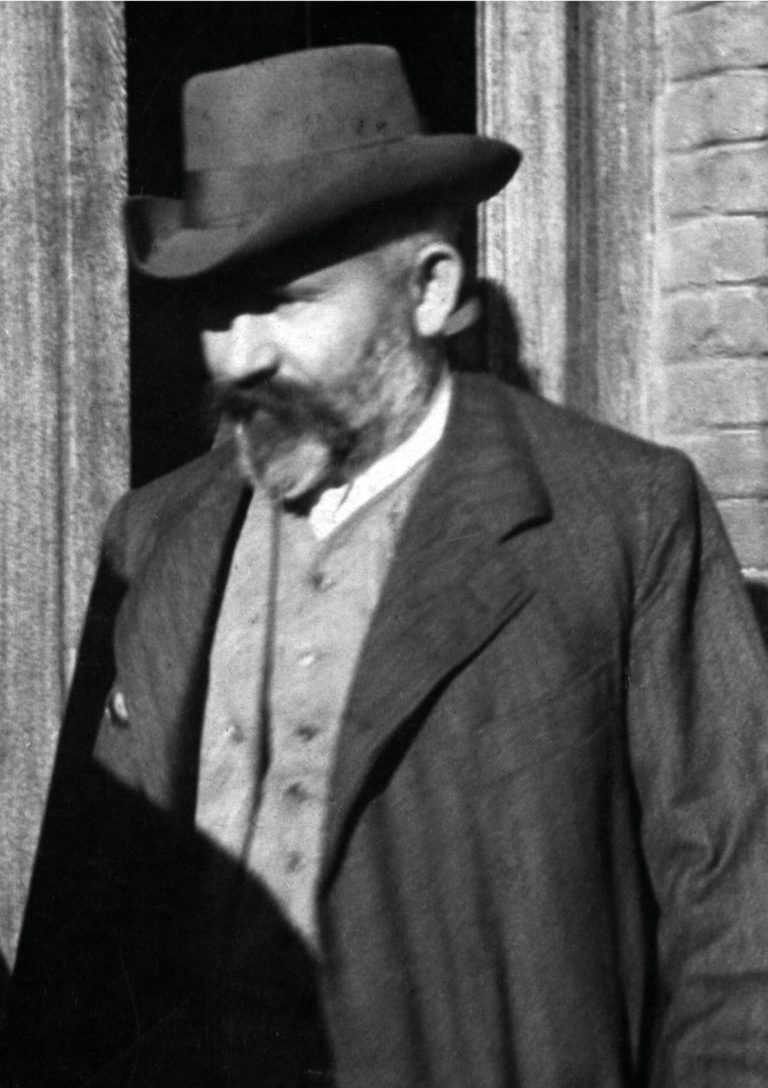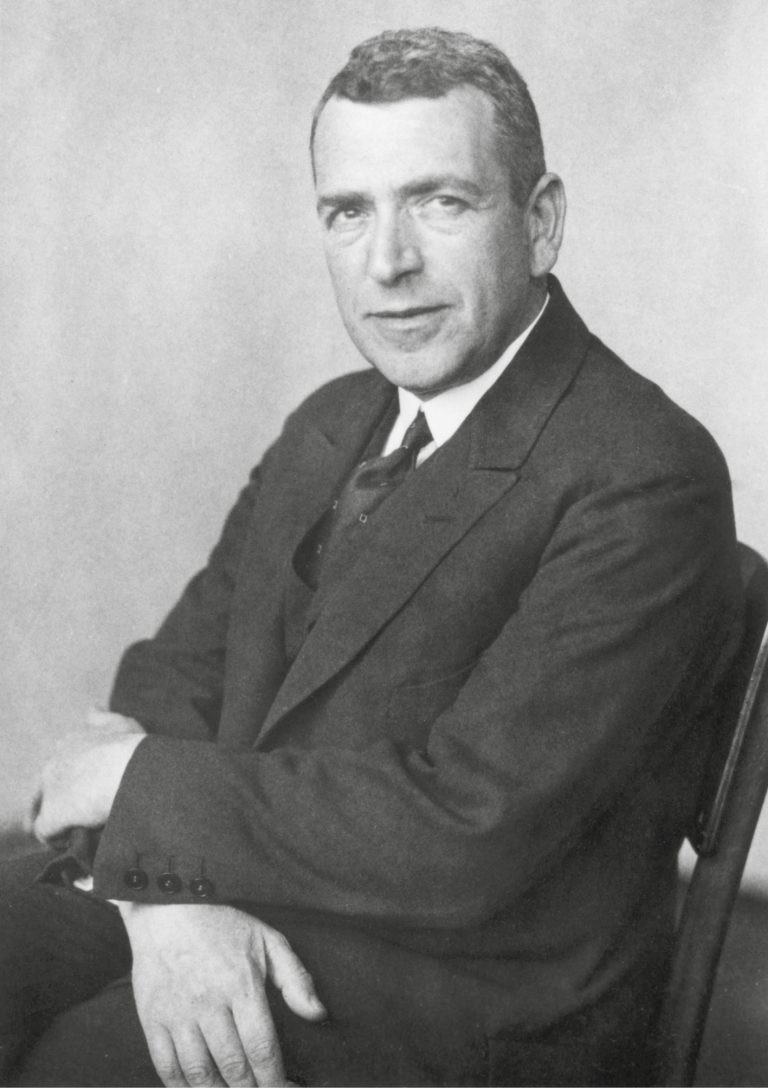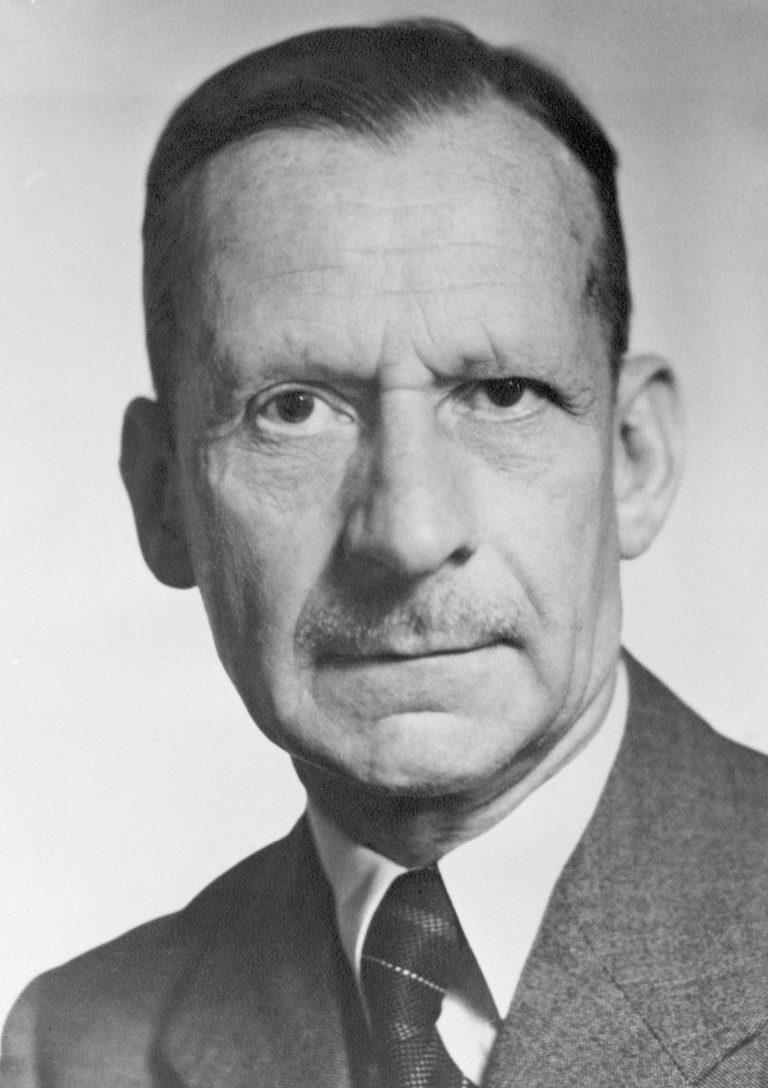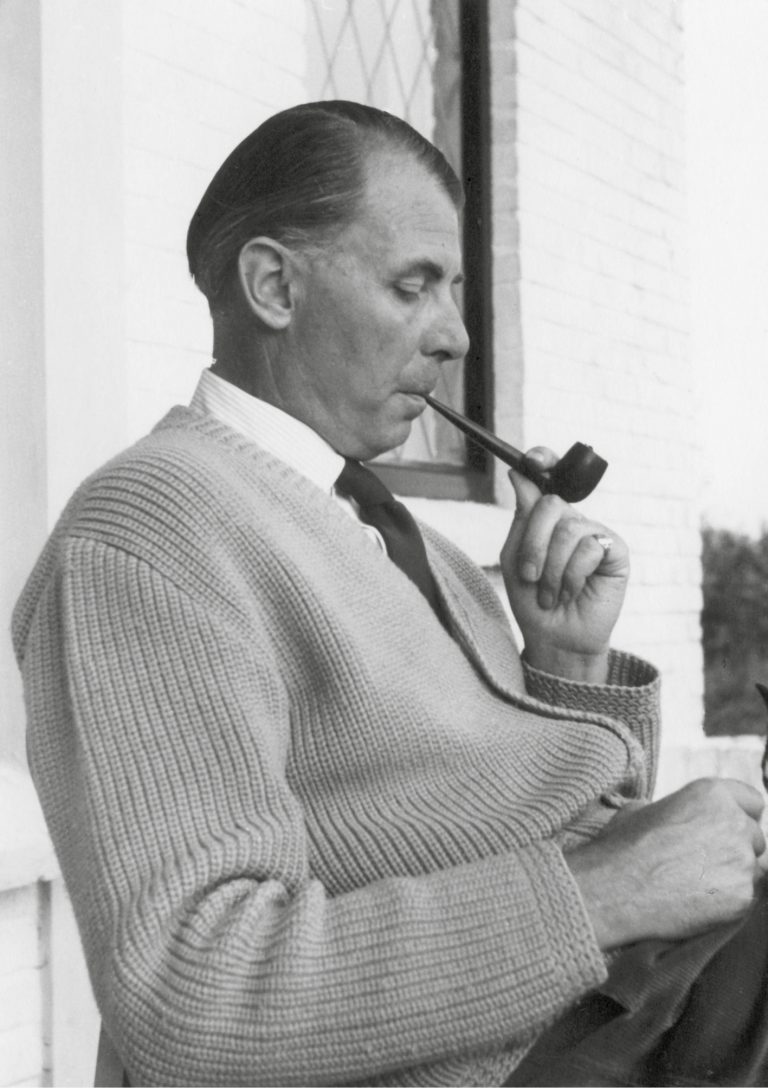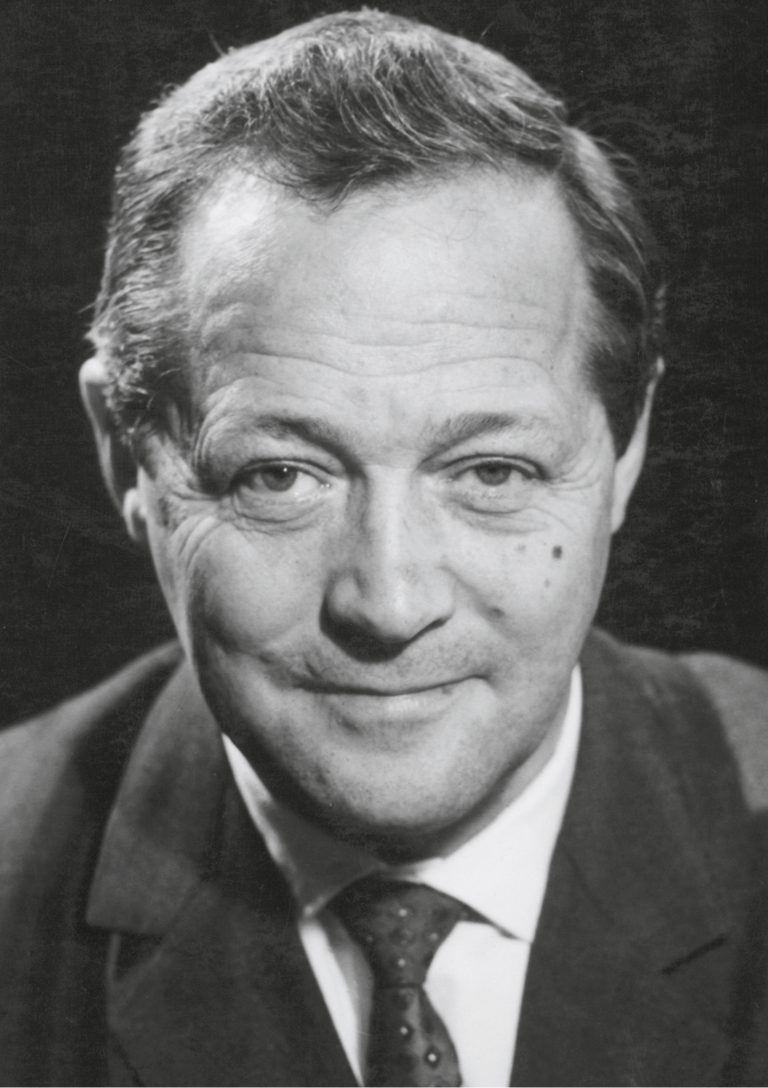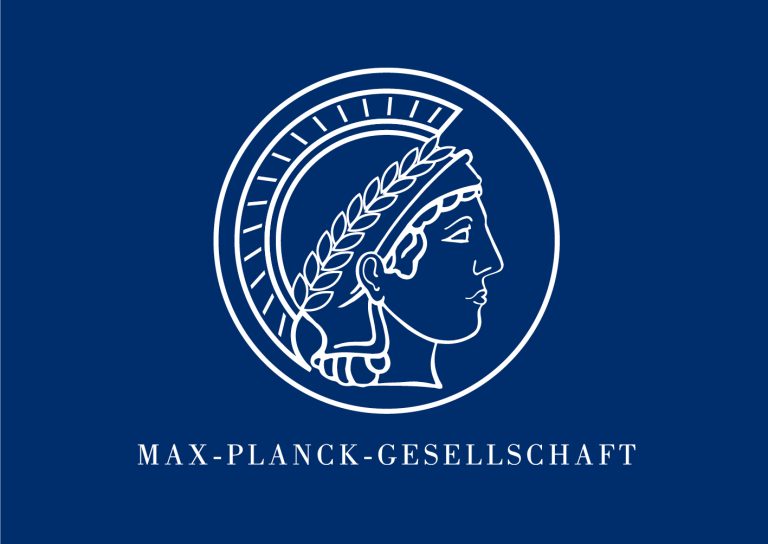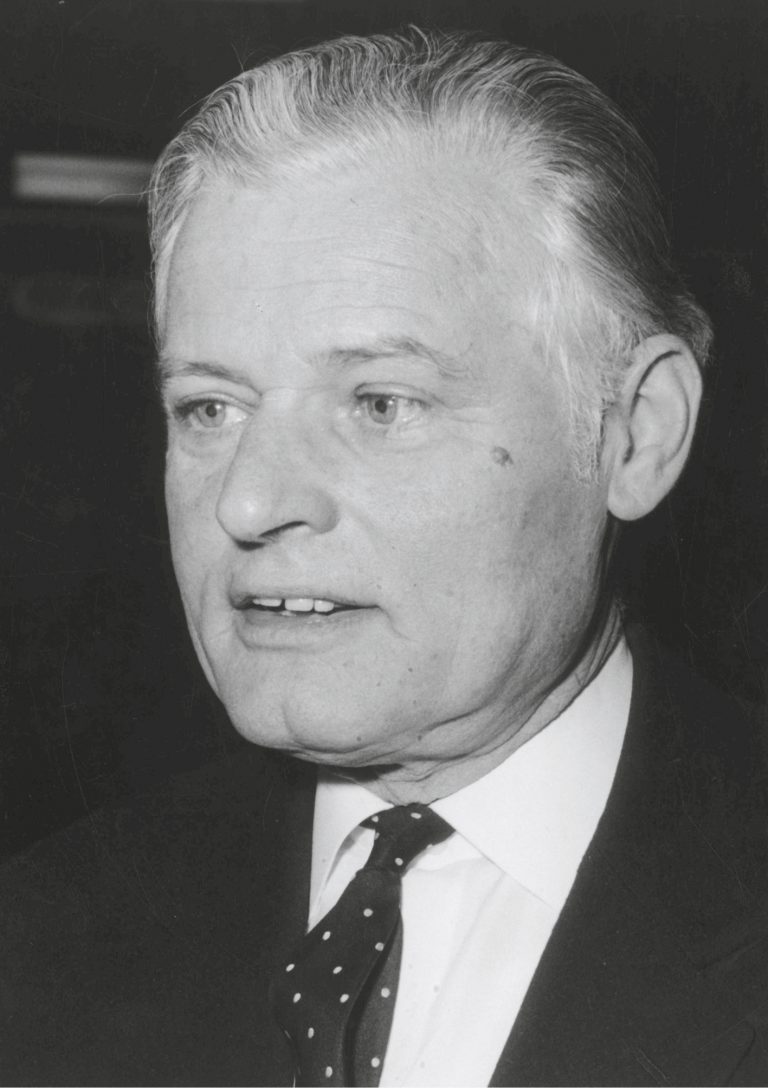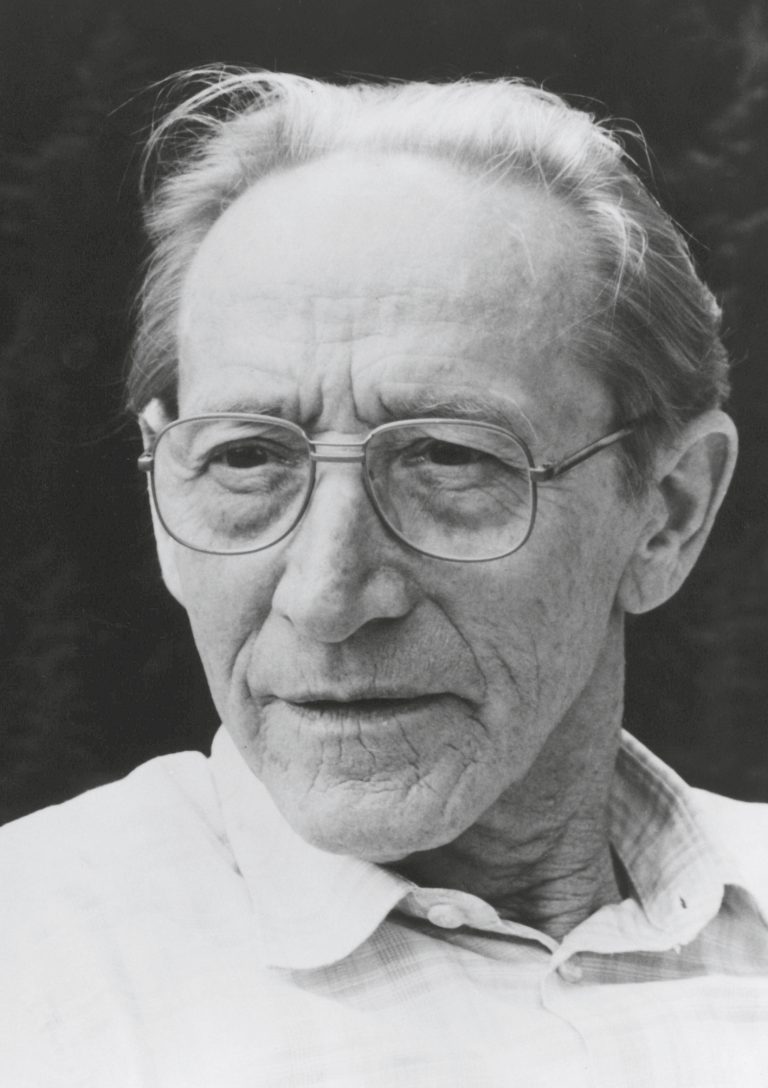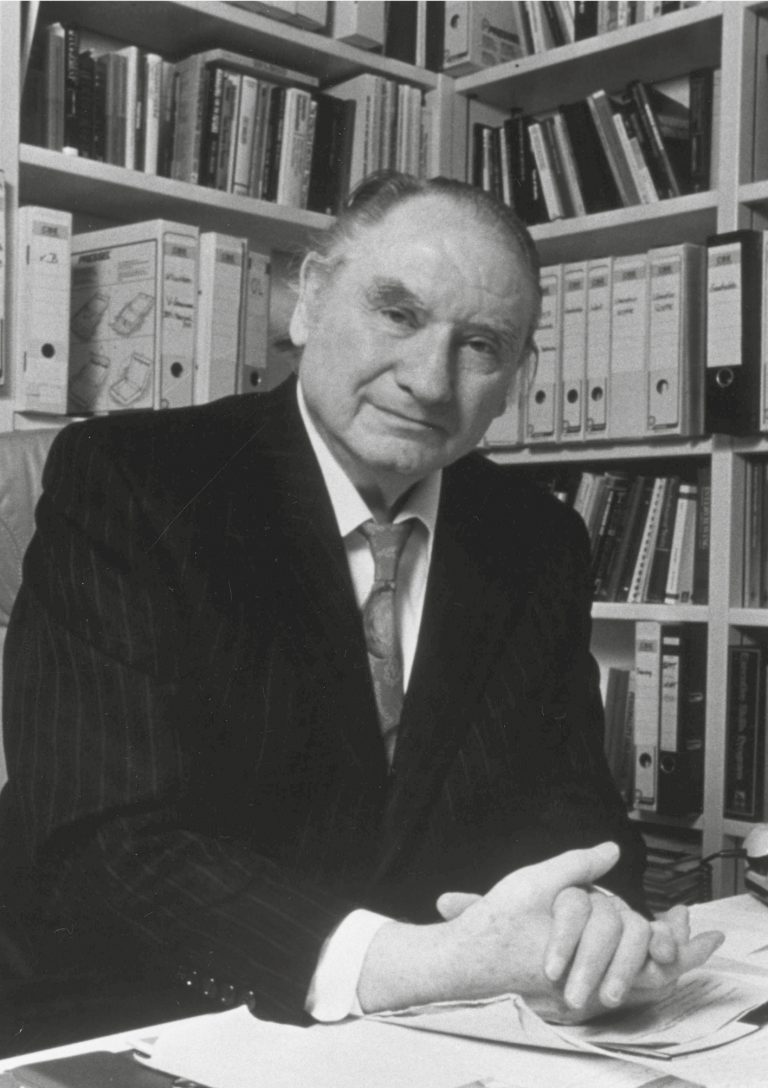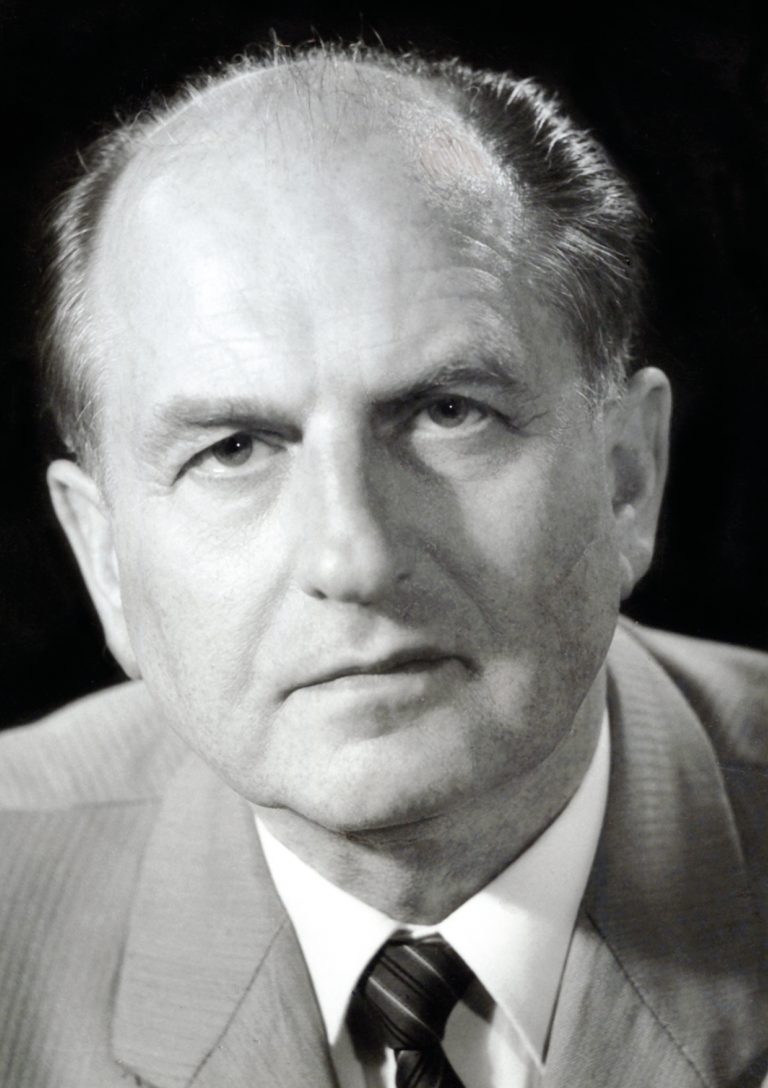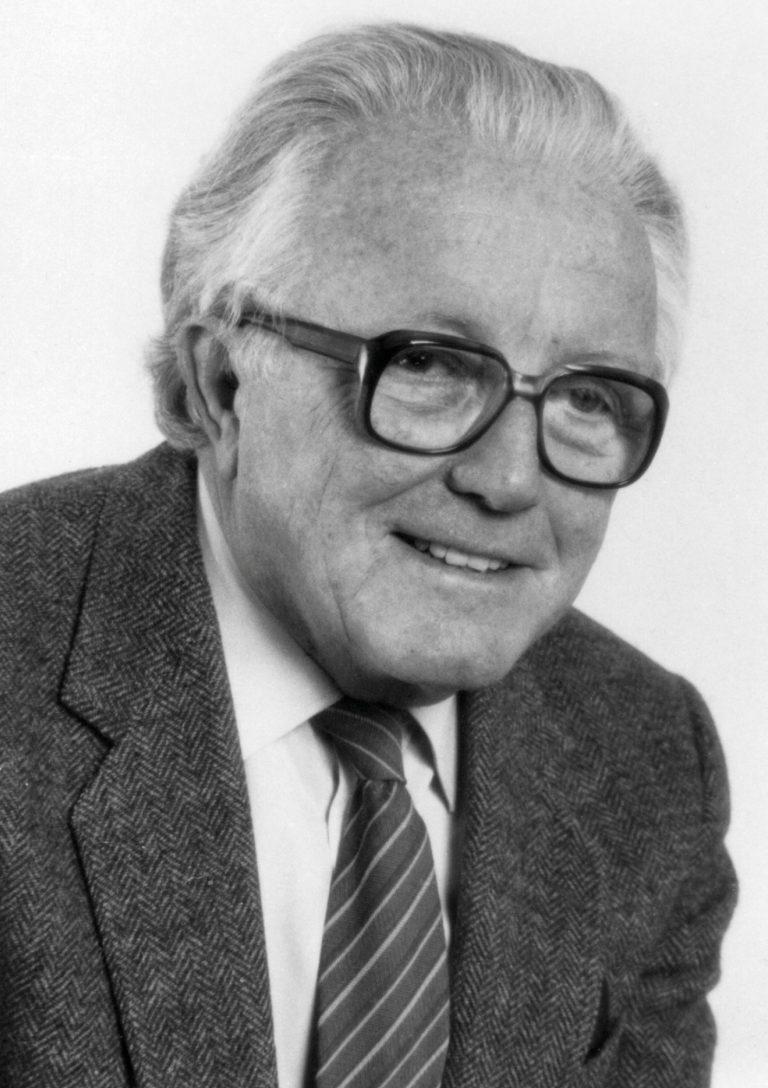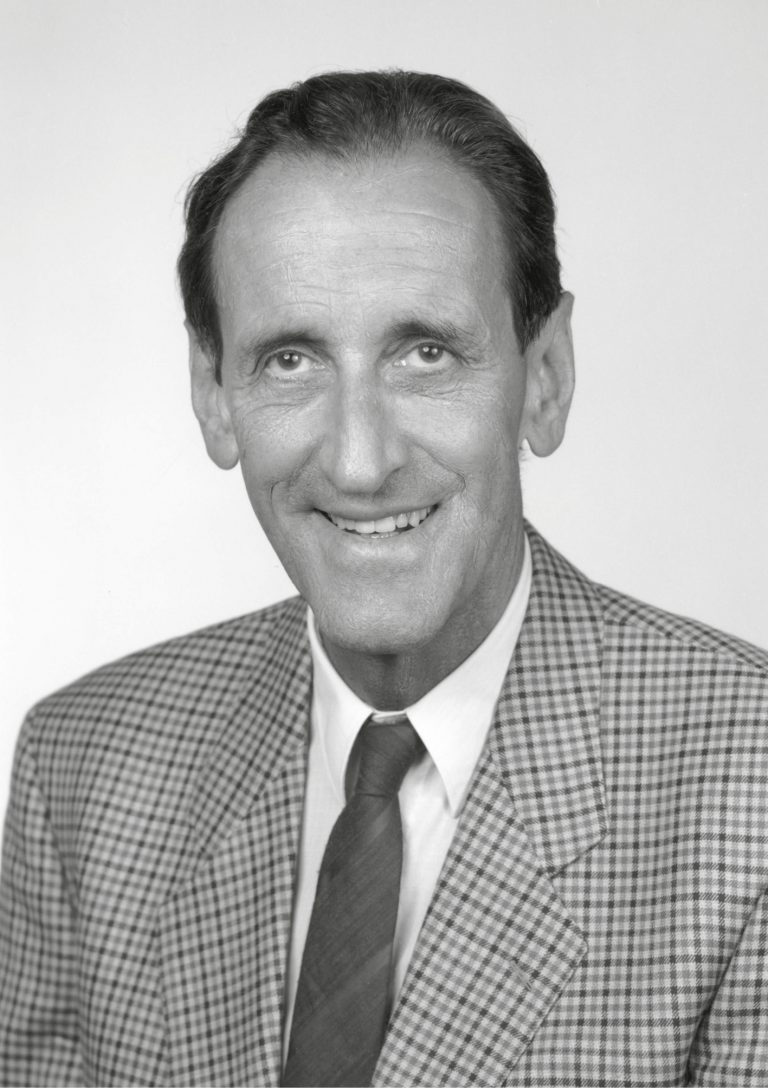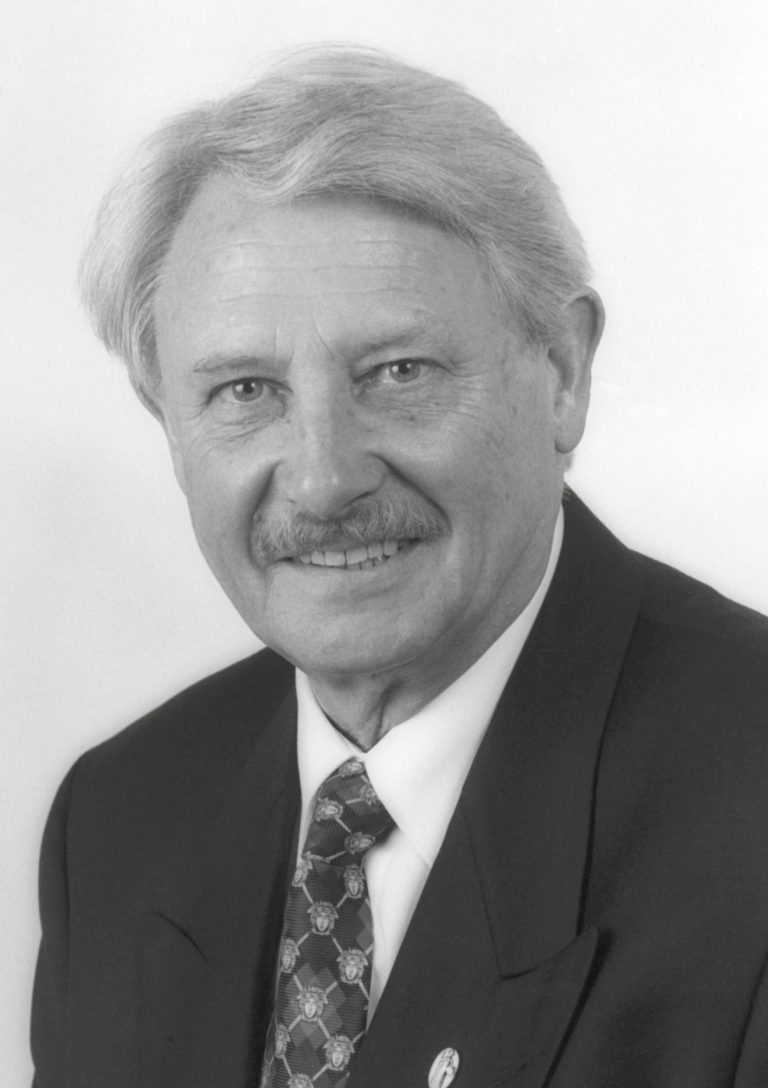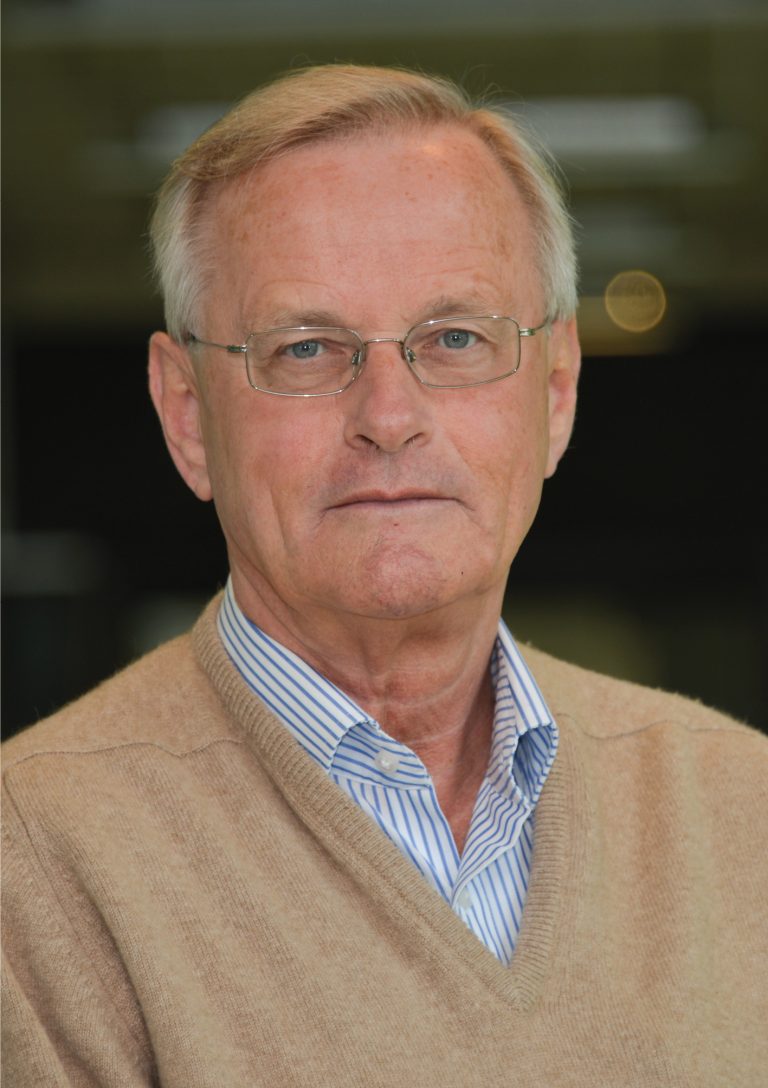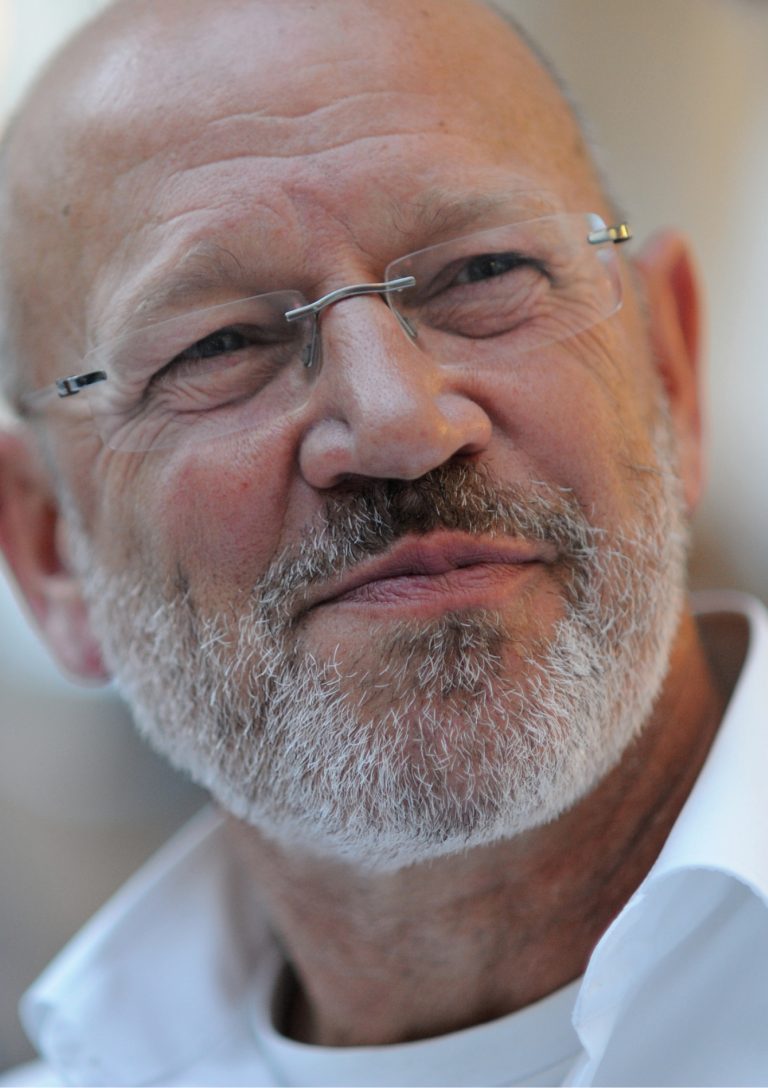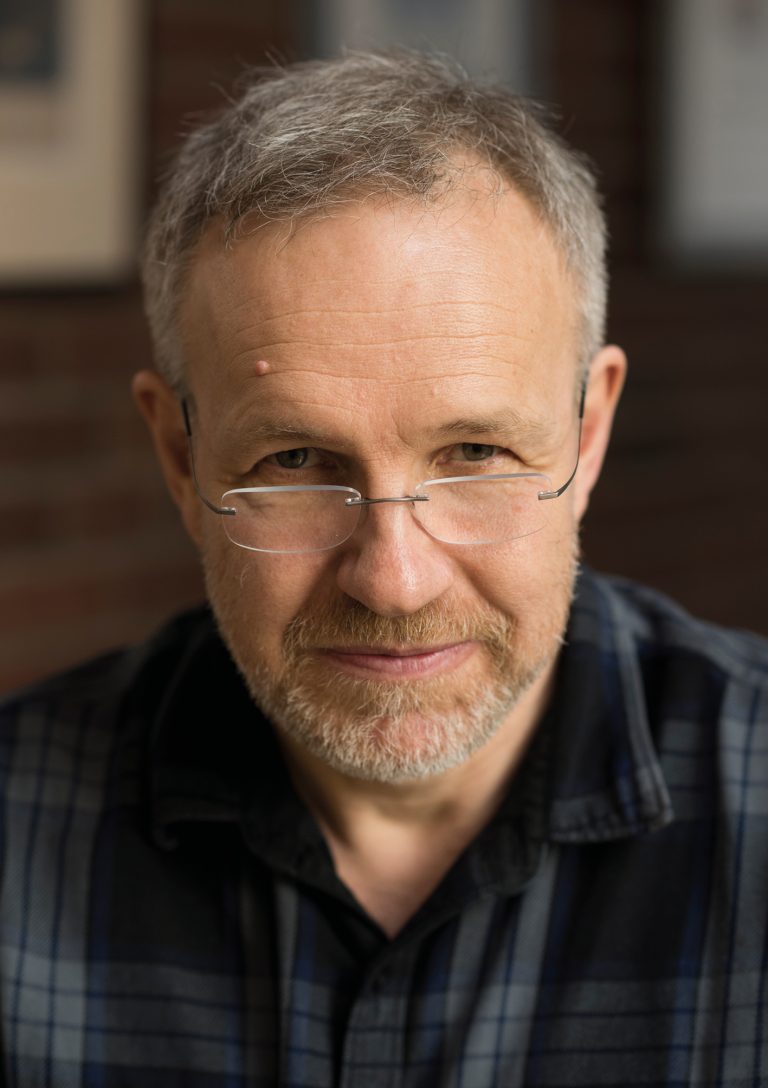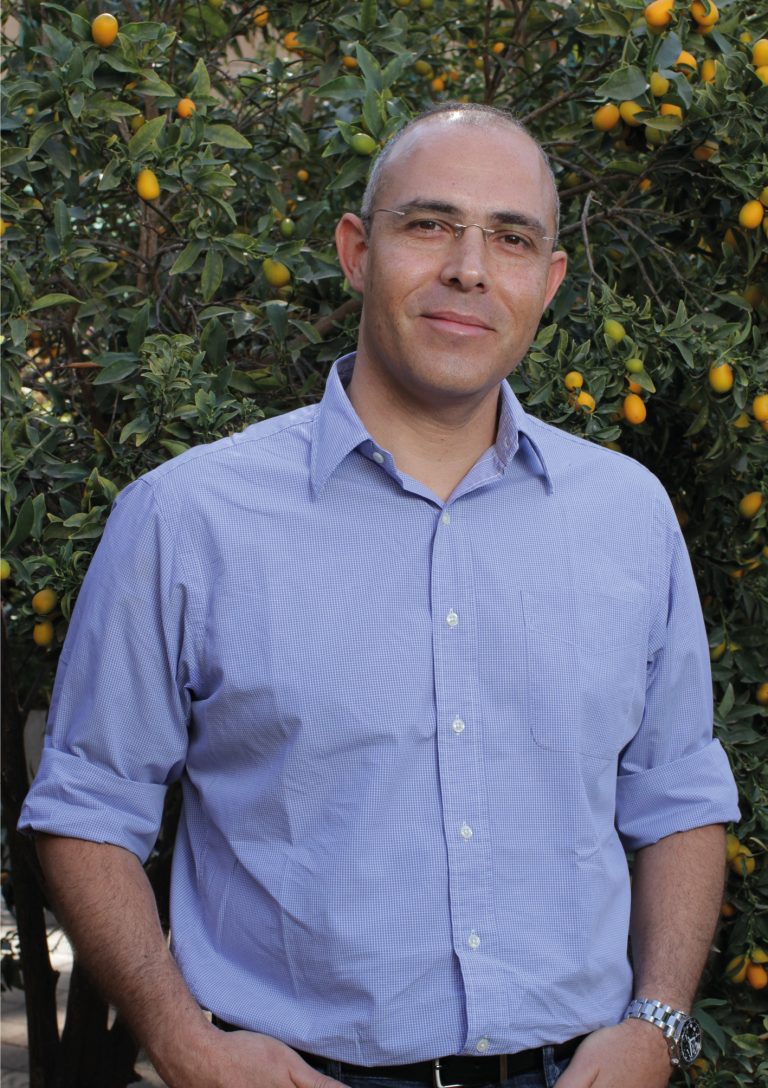- 1912
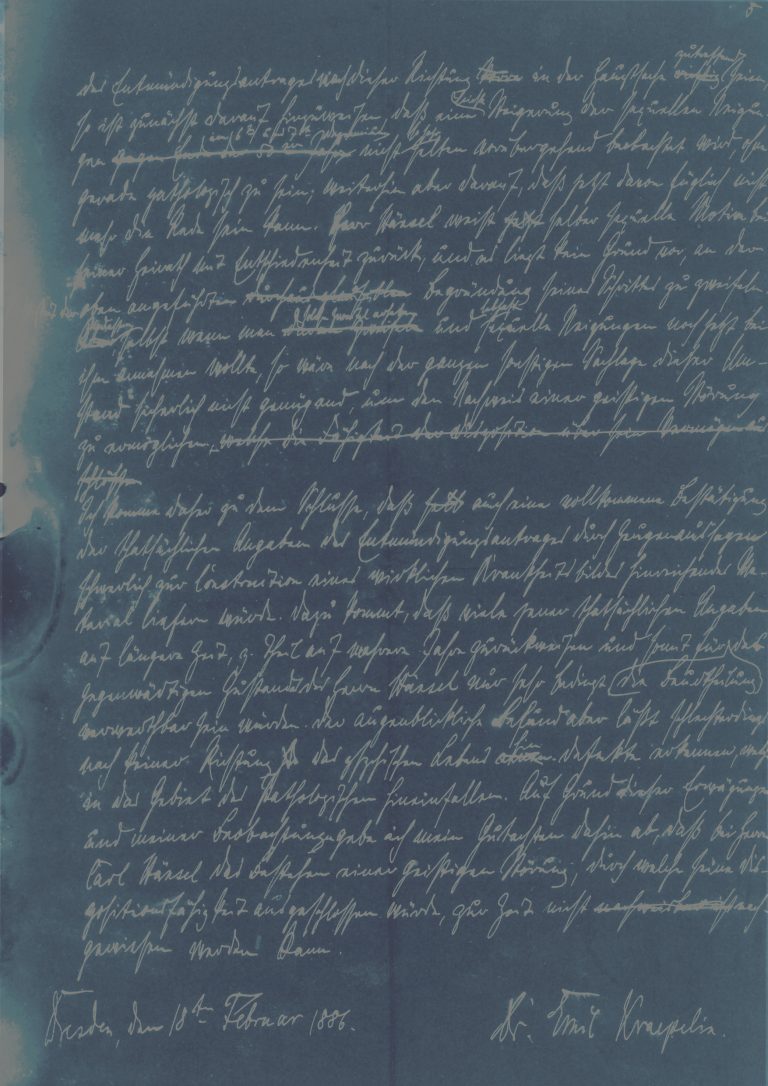 The idea: An interdisciplinary brain research institute
The idea: An interdisciplinary brain research institutePsychiatrist and professor at the Ludwig-Maximilians-University of Munich Emil Kraepelin formulates his vision of founding one of the first interdisciplinary and university-independent brain research institutes in Germany.
- 1916
 Financial support
Financial supportJames Loeb, an American banker and classical scholar, who was of German-Jewish origin and a patient of Emil Kraepelin, makes a significant donation towards the funding of the future Institute. Loeb‘s further financial support allows the Institute to operate until after 1930.
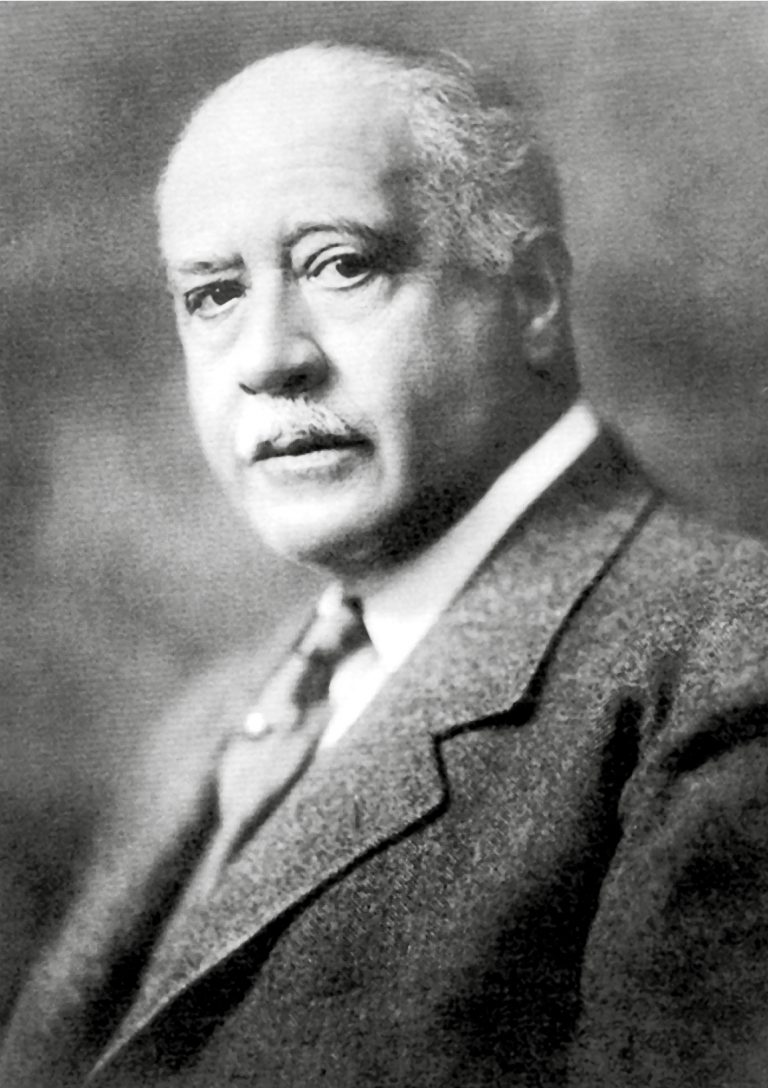 James Loeb
James Loeb1867 – 1933
The American philanthropist made Munich his home in 1906. He financially supported not only the German Research Institute of Psychiatry, but many other social and cultural projects. His belief was that “fortune is obtained, so that one may abundantly distribute it to the worthy”.
- 1917
 Foundation of the German Research Institute of Psychiatry
Foundation of the German Research Institute of PsychiatryOn February 13, King Ludwig III establishes the public Foundation „The German Research Institute of Psychiatry in Munich“ (DFA). The institute is initially housed in the Psychiatry Department of the University Hospital in Munich‘s inner city. Particularly unusual at this time: The institute concept integrates both biological-scientific and empirical-clinical approaches.
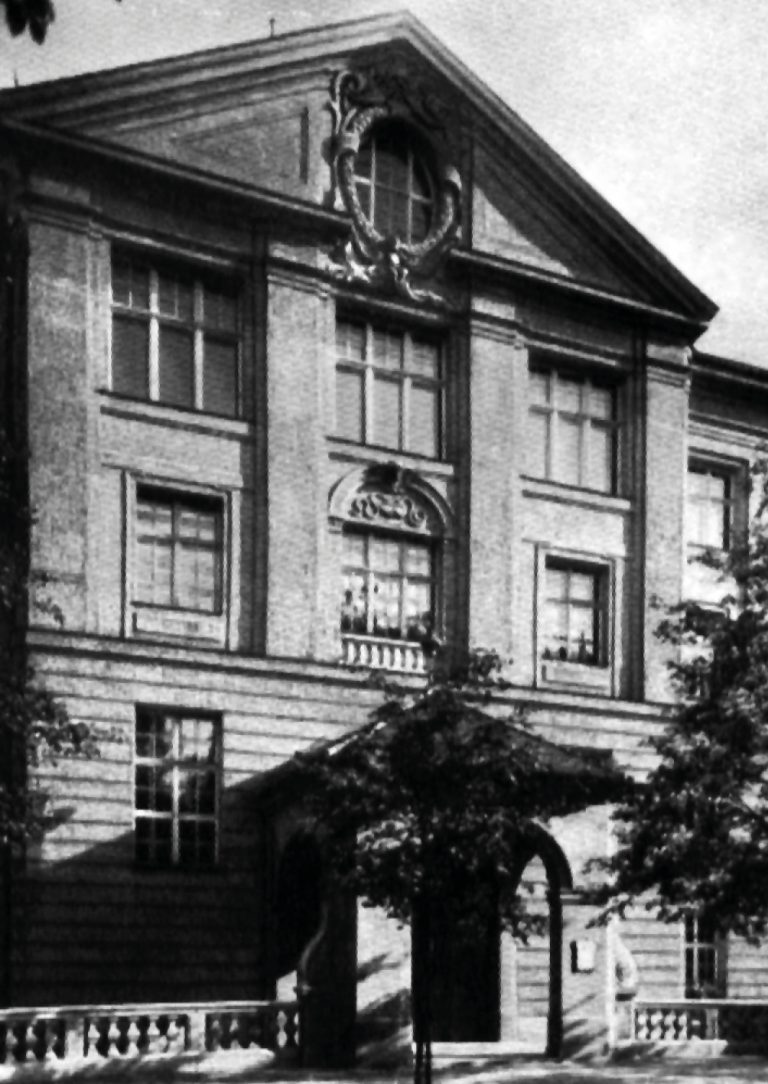
In its first years, the German Research Institute of Psychiatry was situated within the University Psychiatric Clinic in Nussbaumstreet.
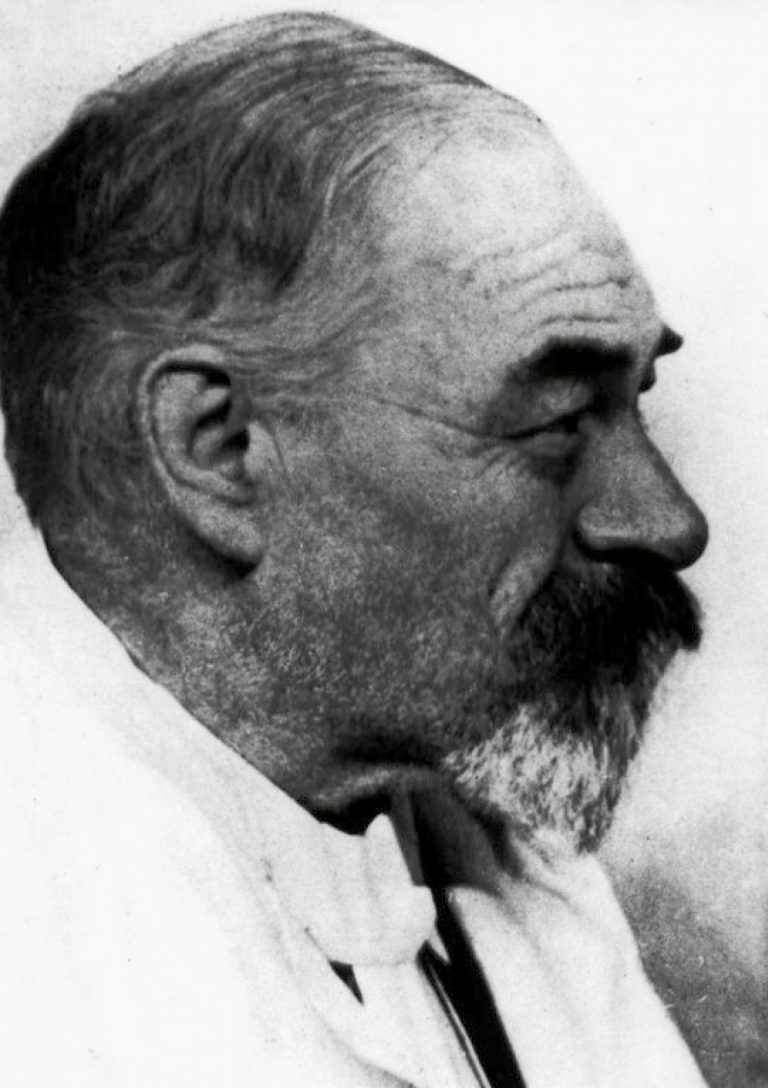
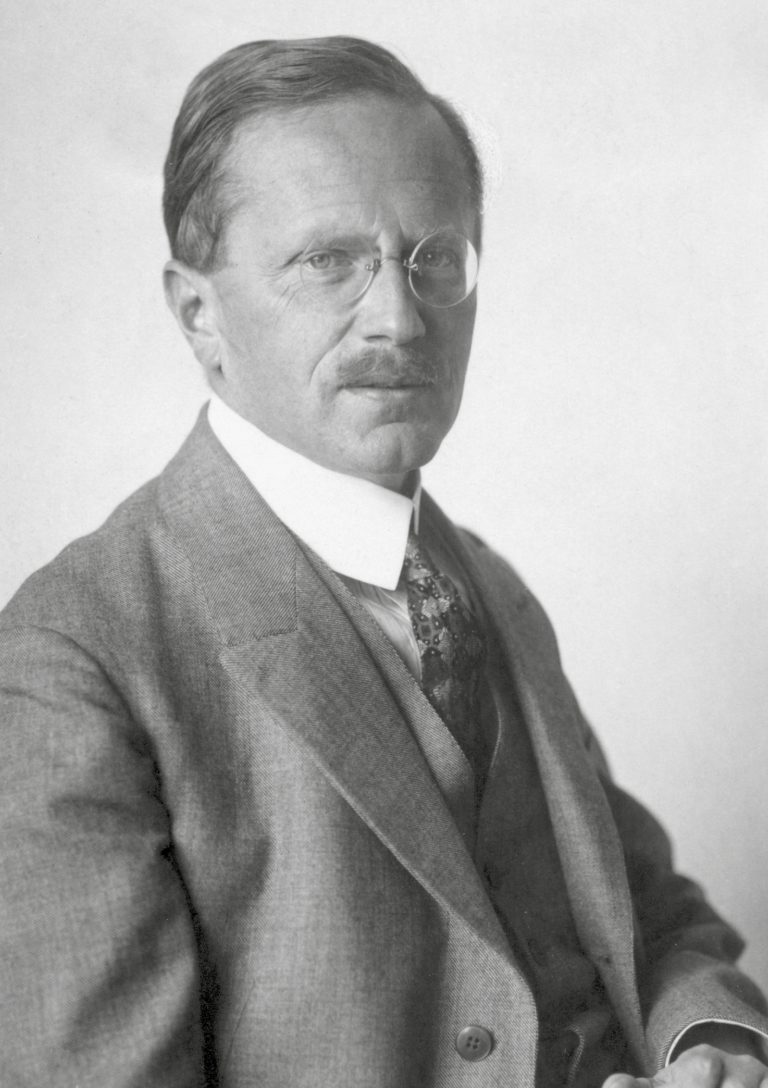
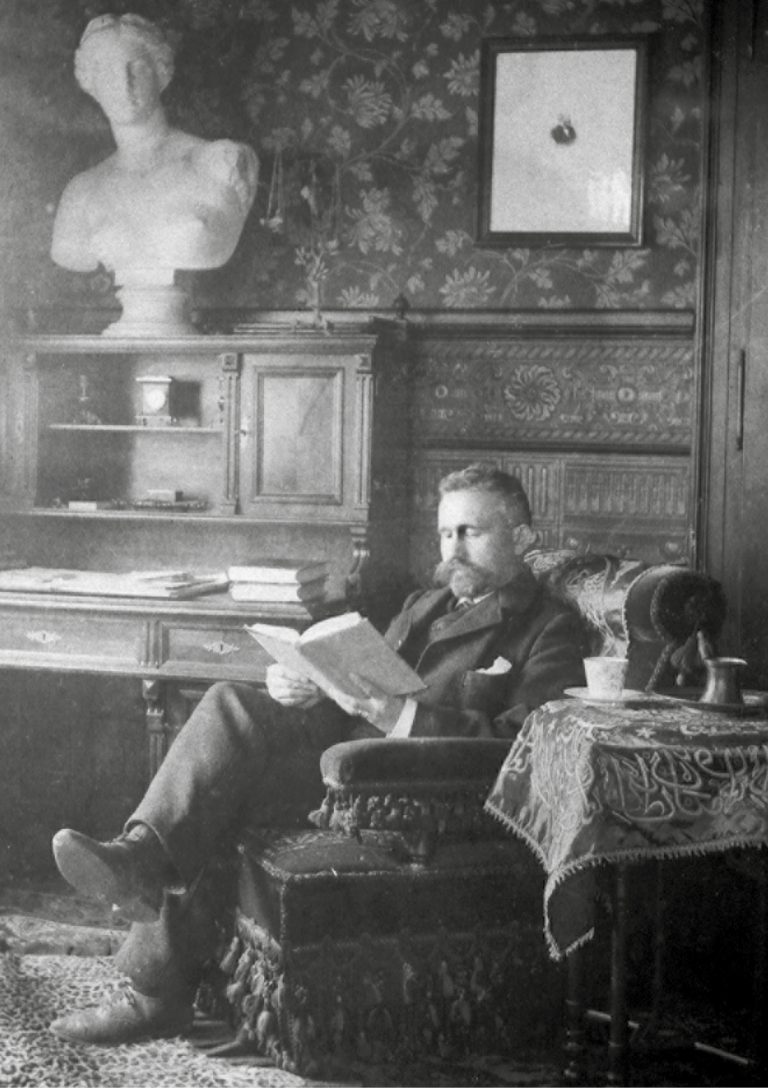
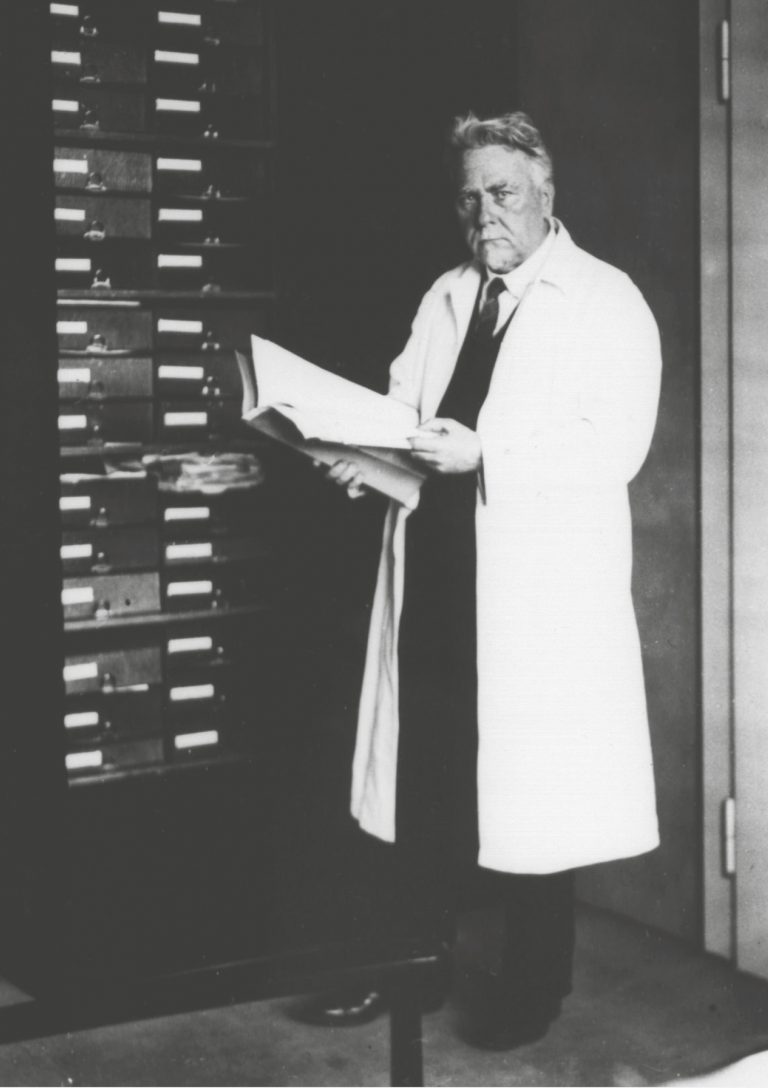
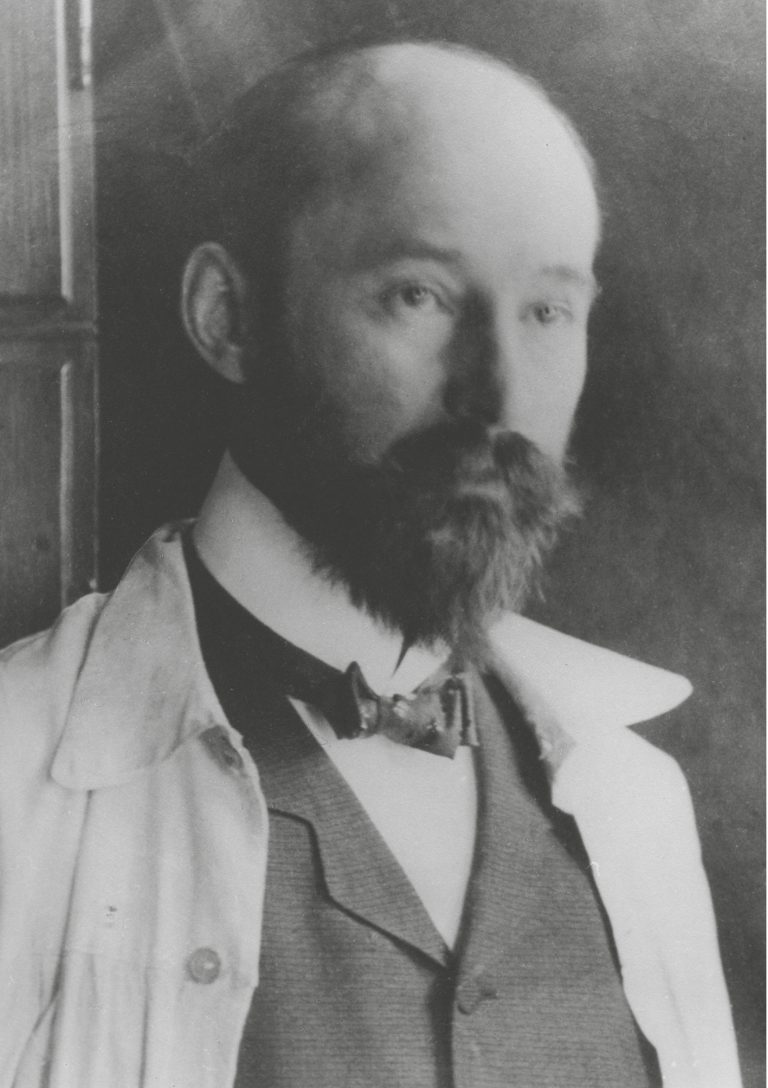
- 1922
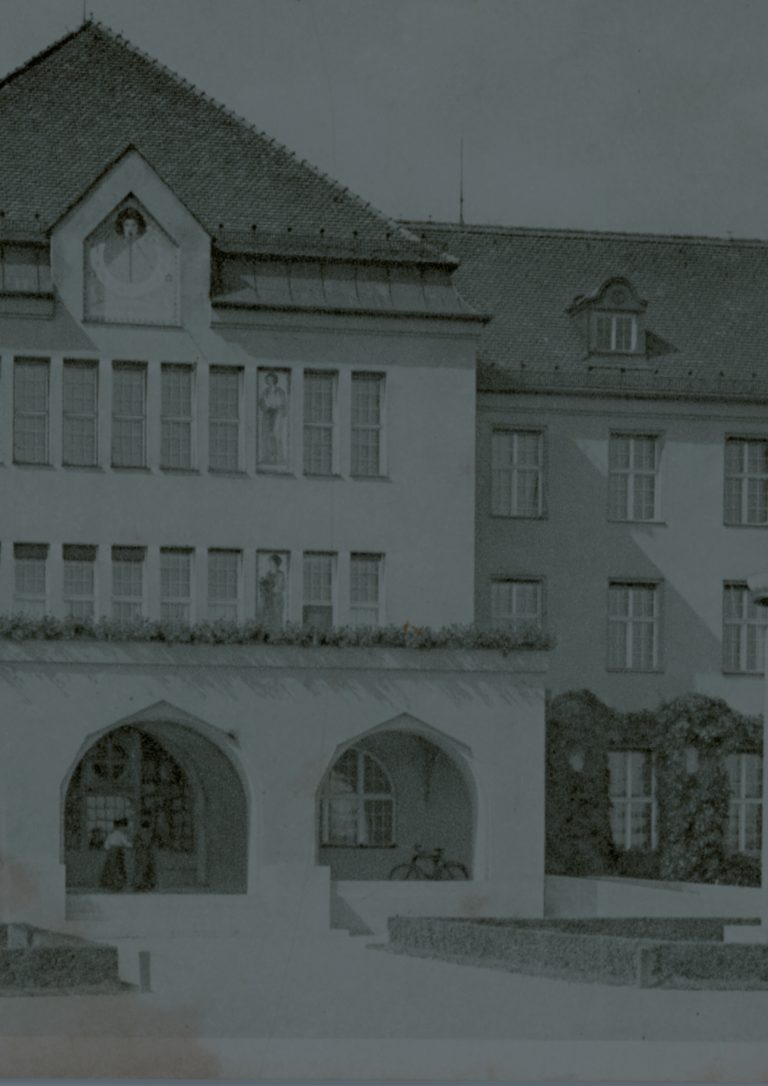 In the middle of Schwabing
In the middle of SchwabingThe Clinical Department of the German Research Institute of Psychiatry opens in the municipal hospital in Munich-Schwabing. The scientific departments remain at the University Hospital until 1927.
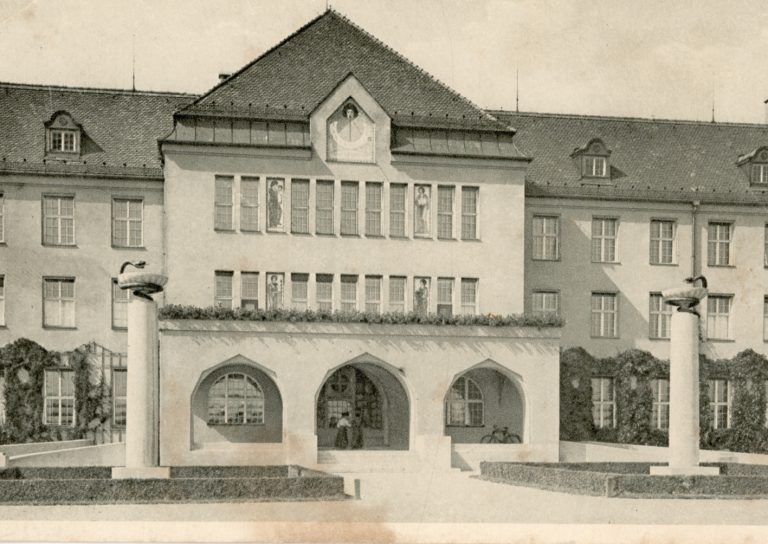
The Clinical Department is initially housed in the Schwabing Municipal Hospital as a „Psychiatric admission ward for female patients“.
Städtisches Klinikum, München - 1924
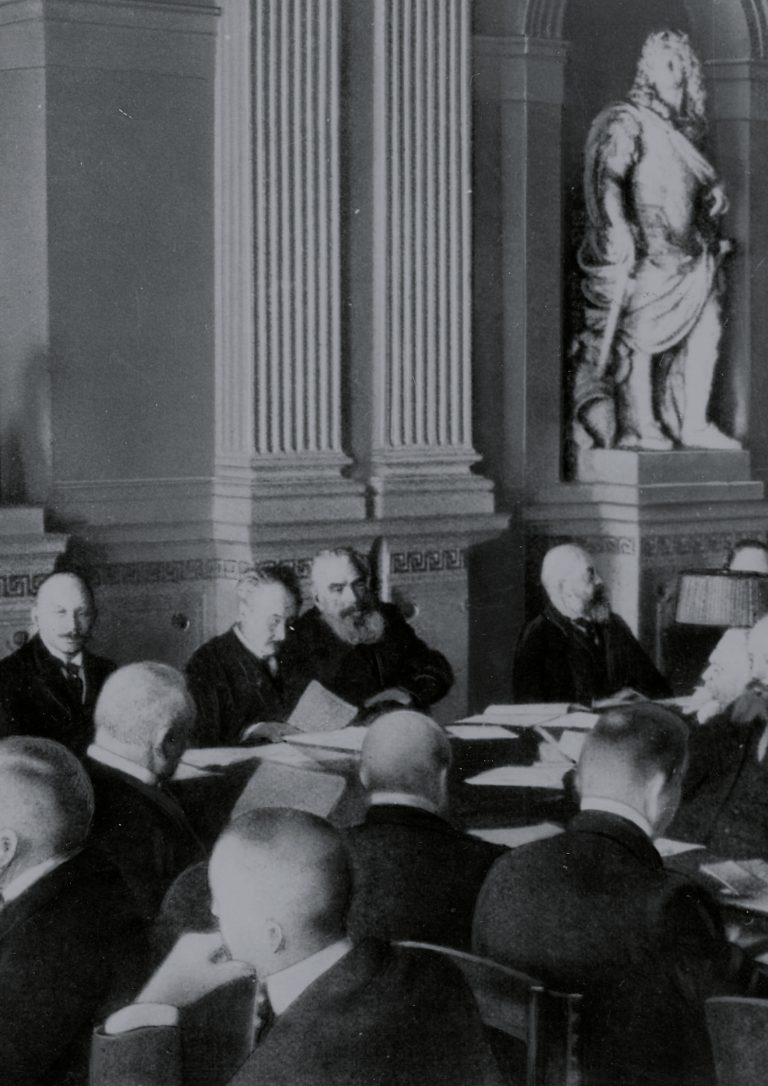 Kaiser Wilhelm Society
Kaiser Wilhelm SocietyThe Institute becomes affiliated to the Kaiser Wilhelm Society, the predecessor organization of the Max Planck Society.
- 1926
 The Institute grows
The Institute growsThe Rockefeller Foundation donates $325,000 to fund its own building for the Institute. Construction begins on what is today‘s Kraepelinstreet 2.
The Institute begins a close collaboration with the so-called „district mental asylum“ in Eglfing-Haar in the outskirts of Munich. Eglfing-Haar became infamous during the course of the murderous T4 action during the National Socialism era.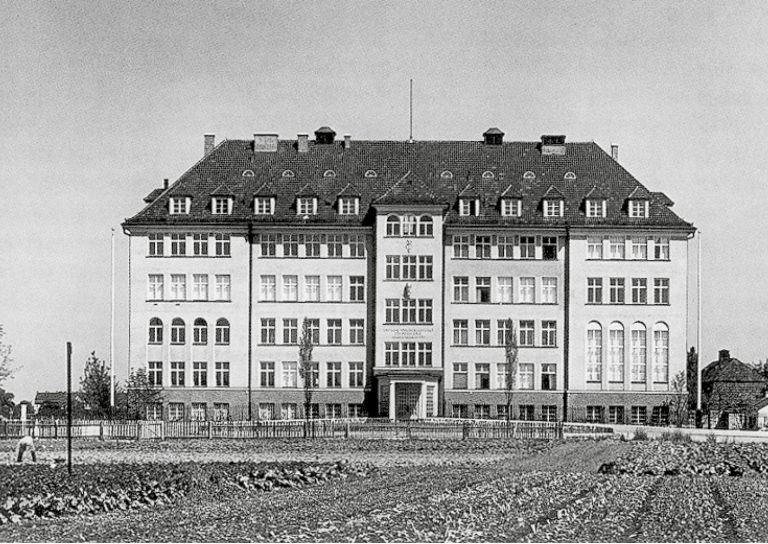
1926 sees the Institute move into its own building in Kraepelinstreet.
- 1928
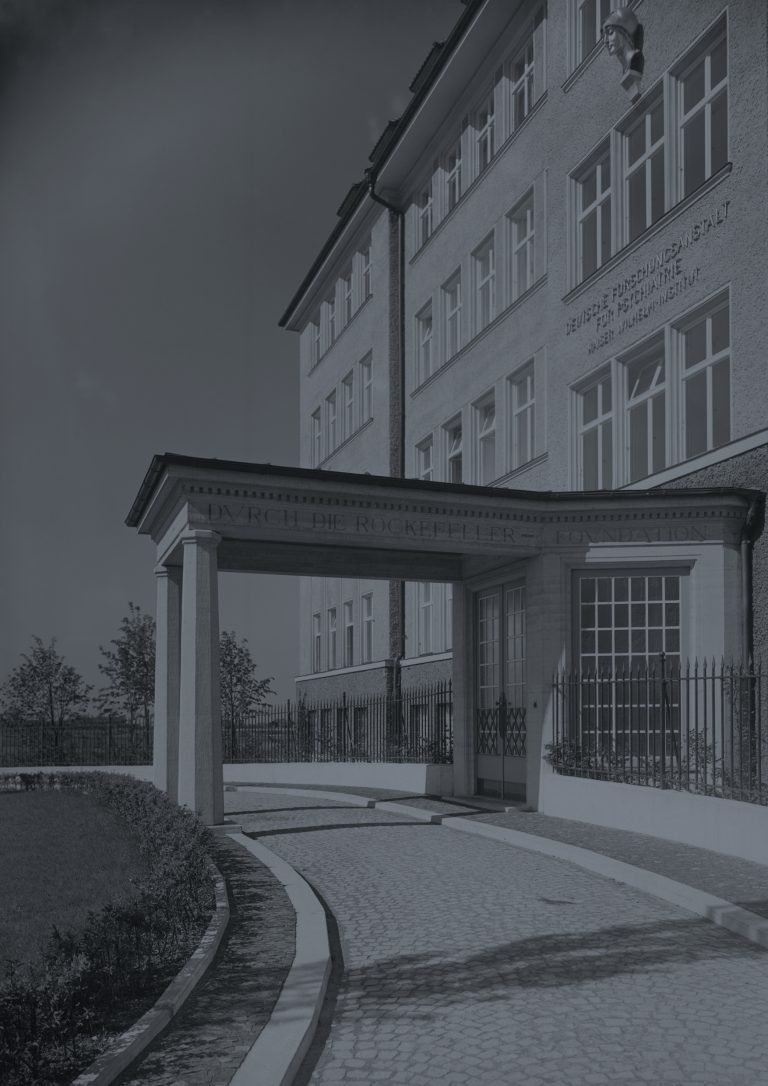 A building for the institute
A building for the instituteIn summer, the new institute building at Kraepelinstreet 2 is inaugurated. The scientific departments and the administration move in. The Clinical Department remains part of the hospital in Munich-Schwabing.
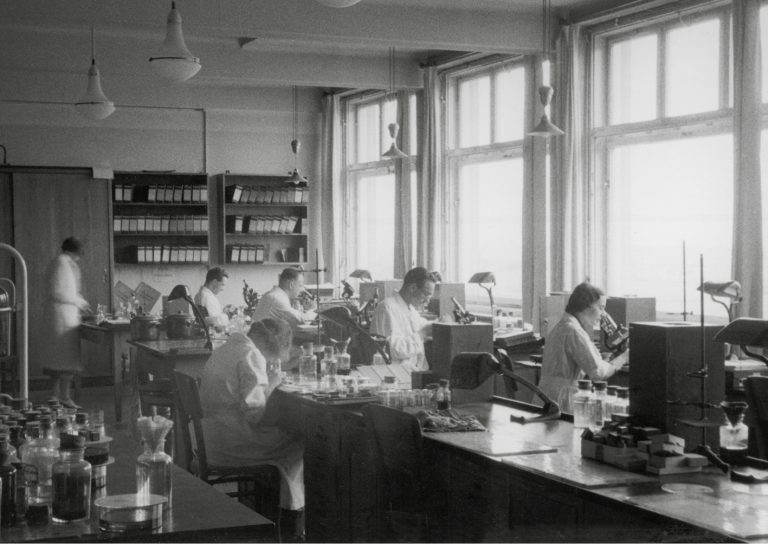
Lab work
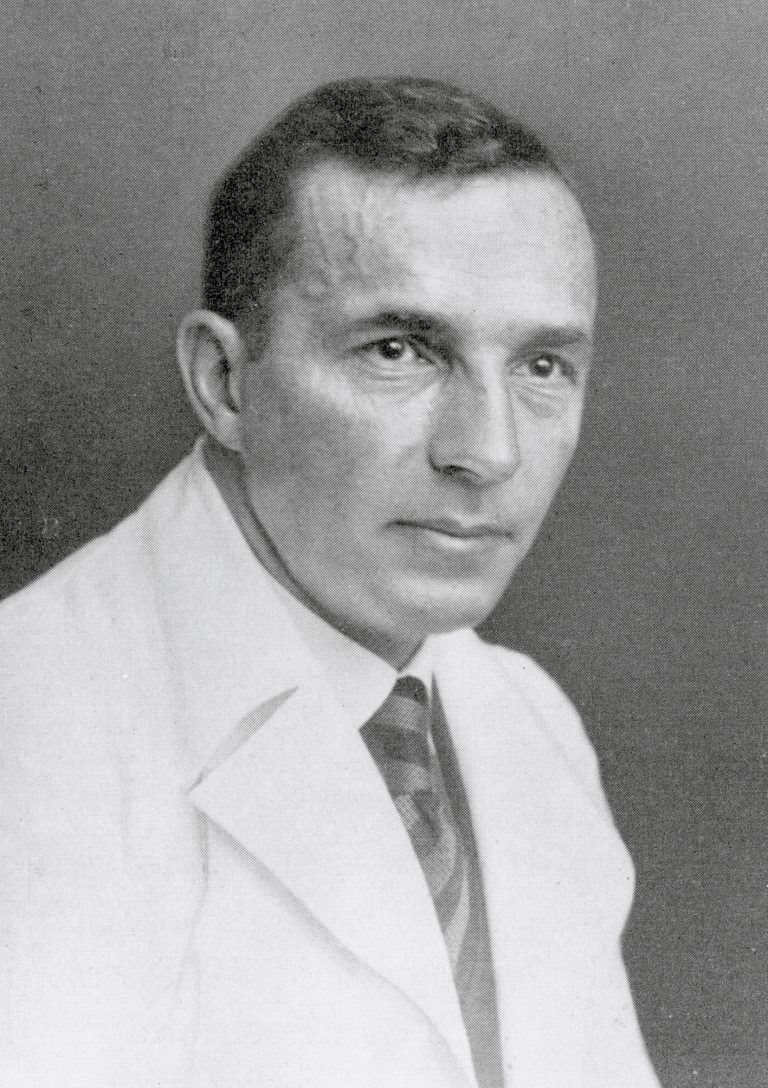
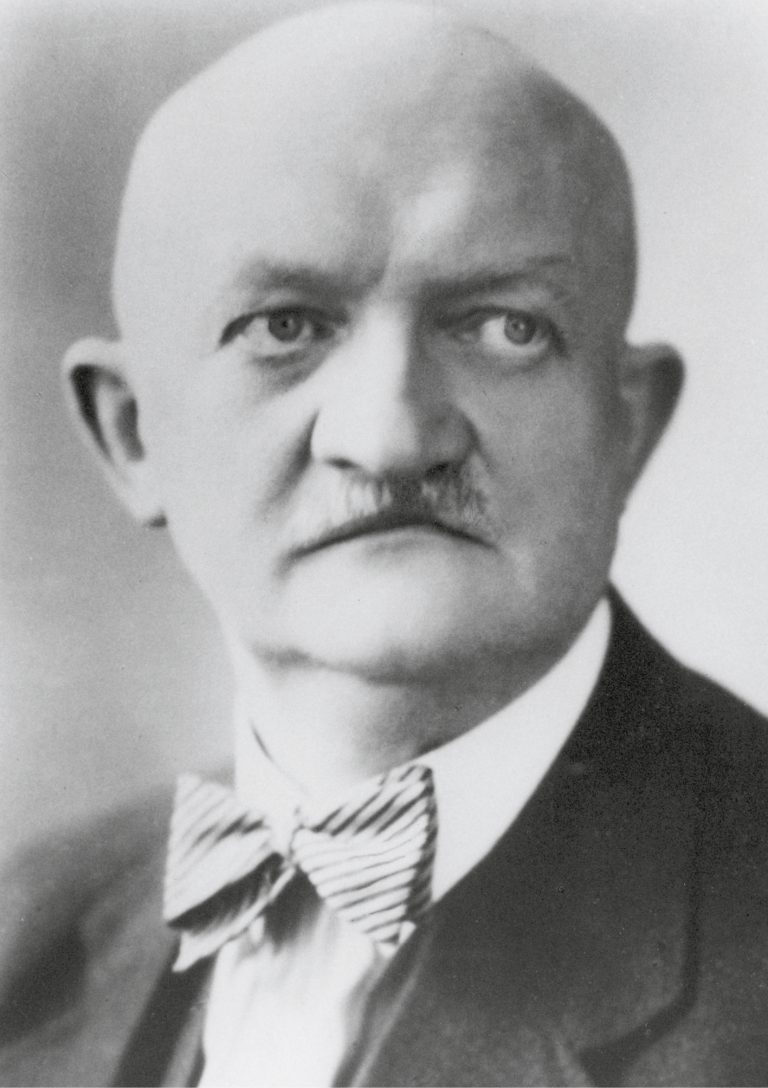
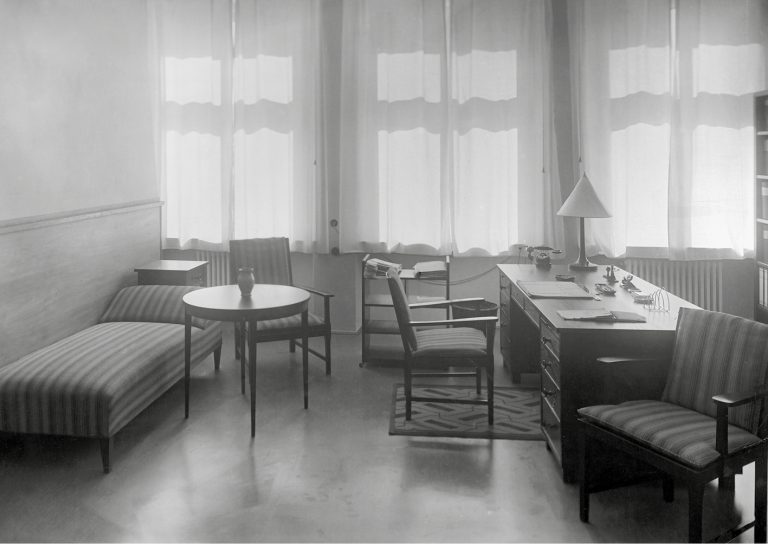
A director’s room in the style of the period with a desk and sofa.
- 1931
- 1933
-
1945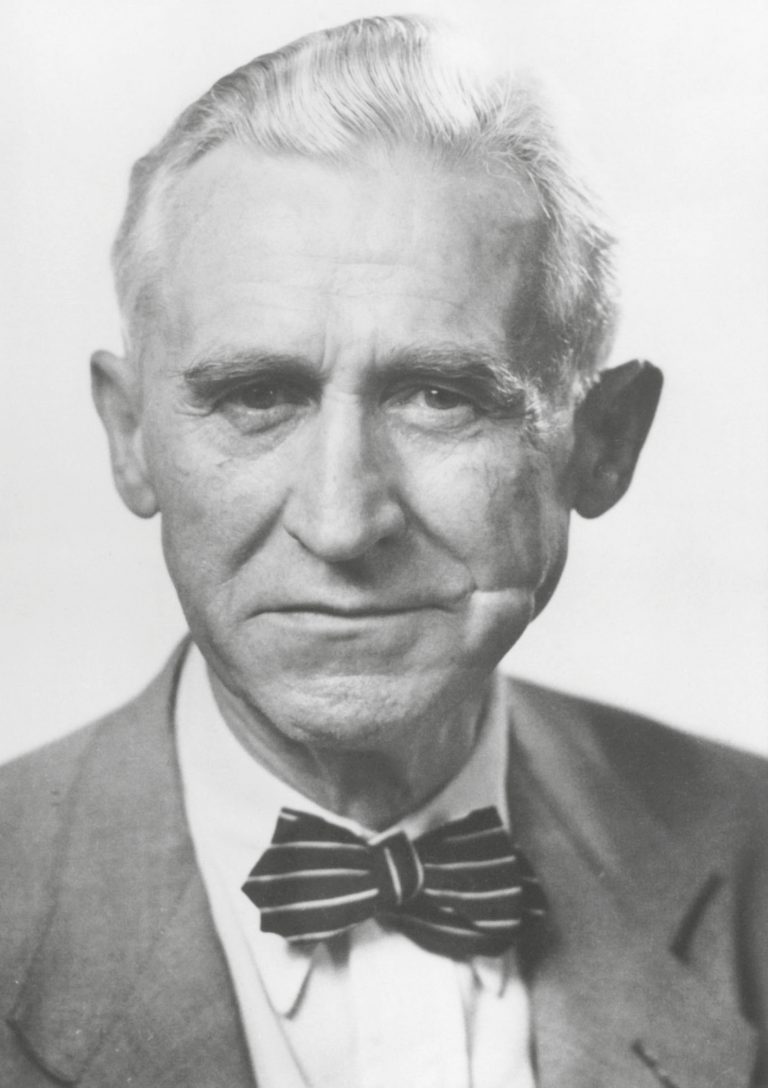
 Misuse of research and hospital
Misuse of research and hospitalThe discovery that genetic factors play a role in the development of many psychiatric diseases becomes the basis for racial hygiene. Politically abused, it is used to justify National Socialism’s systematic “extermination of life unworthy of living”.
Advocate of racial hygiene
As a devoted proponent of racial hygiene, Ernst Rüdin, Director of the German Research Institute of Psychiatry (DFA), played a central role in National Socialism’s eugenics policy. From 1935 to 1945, he was chairman of the Society of German Neurologists and Psychiatrists and a central figure in the hereditary biological basis of psychiatry. He was instrumental in generating the National Socialists’ “Law for the Prevention of Hereditarily Diseased Offspring”, which came into force in 1934. The law formed the basis for the forced sterilization of 400,000 people with supposedly hereditary diseases or disabilities. From the 8th to 16th January 1934, Rüdin ran a training course named “Hereditary Biology and Racial Hygiene in the National State”. The course was held in the lecture theatre of the DFA and was crucial for the smooth implementation of the new law. In addition, Rüdin spoke numerous times at national and international congresses supporting the Nazi’s forced sterilization program. Furthermore, as chairman of the Society, he actively suppressed any protest made by courageous psychiatrists who were against involuntary “euthanasia”.
The “Law for the Prevention of Hereditarily Diseased Offspring” formed an important preliminary step for the later systematic capture and killing of mentally ill and mentally handicapped people from 1939 onwards. The “Action T4” killed more than 70,000 people in 1940/41. In its later phases, this involuntary “euthanasia” program, murdered many more people or left them to die as a result of systematic neglect. Between 5,000 to 10,000 minors were killed under the children’s involuntary “euthanasia” program. The total number of victims of the Nazi’s involuntary euthanasia program is estimated at 300,000.
Rüdin initiated and supported the involuntary “euthanasia” research of his pupil and co-worker Julius Deussen. Later, Deussen was made the coordinator of the “euthanasia” Research Department at the University of Heidelberg, which was financed from the DFA’s budget. The aim of the research was to clarify a central question of eugenics psychiatry: According to which criteria are patients with and without inherited affliction different? Deussen visited facilities under Heidelberg Hospital’s jurisdiction to select children. At least 21 children were murdered for this “research project” alone.
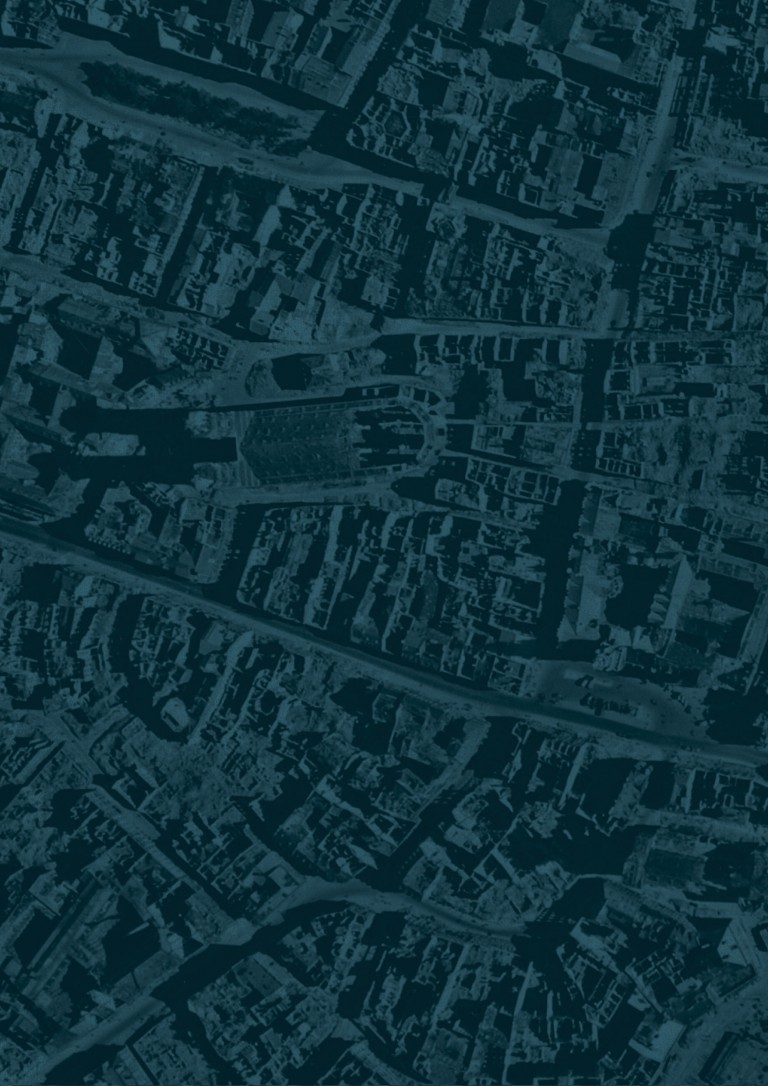
Research on criminally attained specimens
The Neuropathology Department of the DFA obtained hundreds of brain specimens between 1940 and 1944. Most specimens came from the Eglfing-Haar mental asylum under the framework of involuntary “euthanasia”, some were from DFA patients who had been referred to Eglfing-Haar. Although the DFA employees must have been aware that the specimens came from patients who had been murdered by involuntary “euthanasia”, they still used them for neuropathological research. The specimens continued to be used as objects of research way beyond the end of the Nazi era, into the 1960s.
Willibald Scholz, head of the Department of Neuropathology, remained at the Institute until his retirement in 1960.

Re-evaluation of history
The future professor of psychiatry Gerhardt Schmidt was resident physician during the nazi dictatorship at the DFA. After the war Schmidt became temporary director of Eglfing-Haar mental asylum. He was one of the first who dealt critically with the mass murder of mentally ill and mentally handicaped human beings. In favour he was hostiled for decades by his colleagues.
In 1990, under pressure from the German Federal Government, specimens from involuntary euthanasia victims were buried at Munich’s “Waldfriedhof” cemetery. However, in 2015, it became clear that involuntary euthanasia specimens still existed at the Max Planck Institute of Psychiatry. As a result, the Max Planck Society is under investigation. The aim of the current investigation is to seize all remaining involuntary “euthanasia” specimens still archived at Max Planck Institutes, determine the identities of the murdered victims as unambiguously as possible and finally give them a dignified burial.

Known Jewish employees:
- • Felix Plaut, Director of the Serological Institute, released in 1936, emigrated to Great Britain but sadly took his own life in 1940.
- • Karl Neubürger, Director of Pathology in Eglfing-Haar, released in 1936, emigrated to the USA.
- • Lydia Leonidovna Pasternak (Slater), scientific assistant in the Chemistry Department, left Germany in 1935 emigrating to Great Britain.
- • Franz Kallmann, guest scientist, emigrated to the USA in 1936.
- • Karl Stern, guest scientist, emigrated to Great Britain in 1936/37.
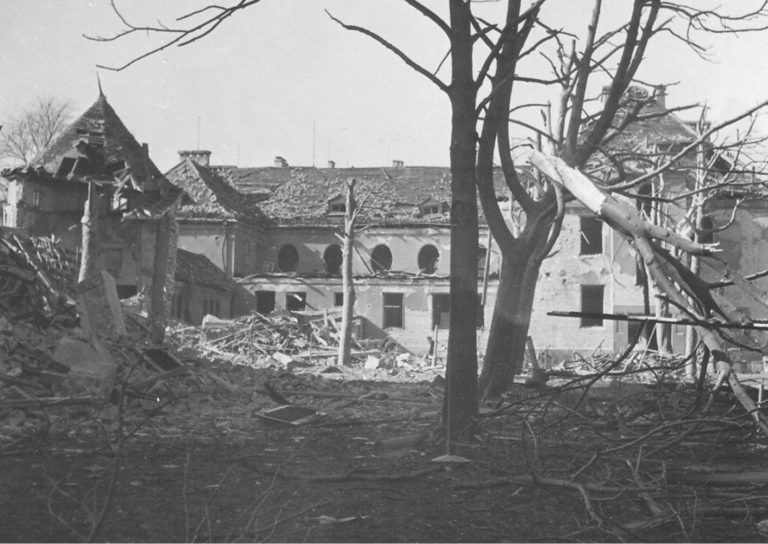
The Clinical Department of the German Research Institute of Psychiatry in the Schwabing Municipal Hospital has to be closed.
Städtisches Klinikum München - 1952
- 1954
 Max Planck Society
Max Planck SocietyThe Institute affiliates with the Max Planck Society (MPG) and becomes the “Max Planck Institute of Psychiatry (DFA)”. The formation of the Max Planck Society in 1948 corresponded to the new democratic beginning of Germany after the end of National Socialism. The Max Planck Society succeeded the Kaiser Wilhelm Society, which was dissolved at the request of the Western Allies due to the collaboration it had had with the Nazi regime.
- 1961
- 1962
 Two distinct subdivisions
Two distinct subdivisionsThe Max Planck Institute of Psychiatry splits into two subdivisions: The Clinical and the Theoretical Institute. This internal split reflects the different directions of the scientific
research.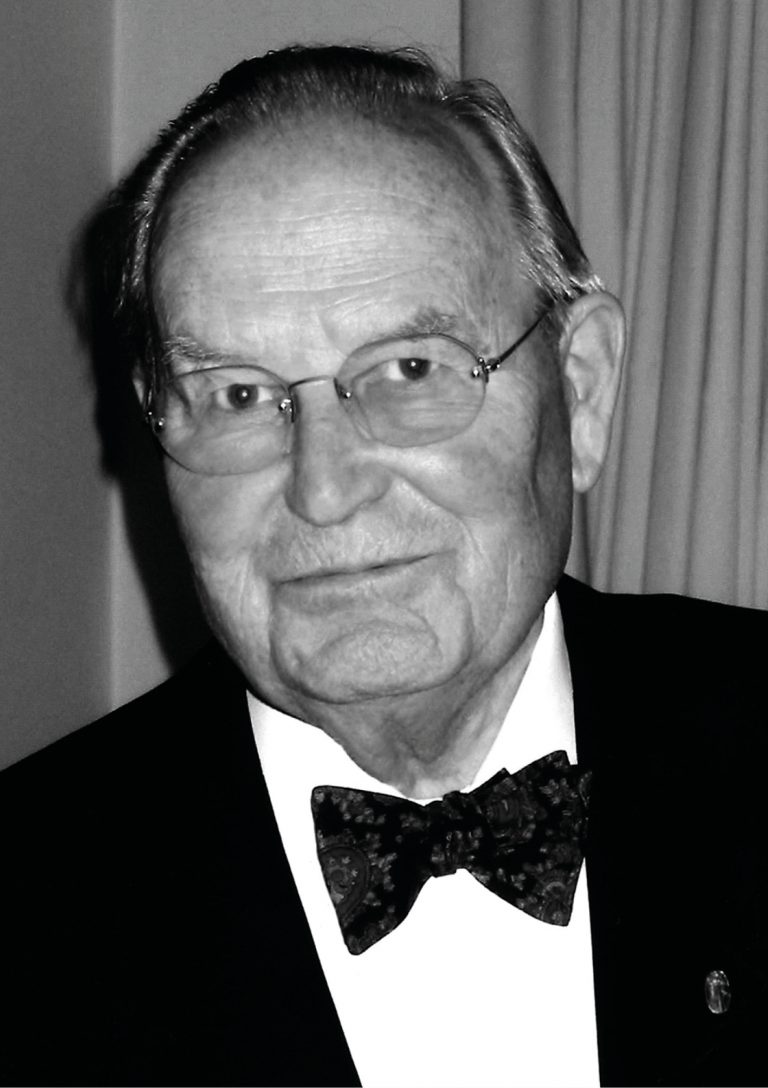
- 1964
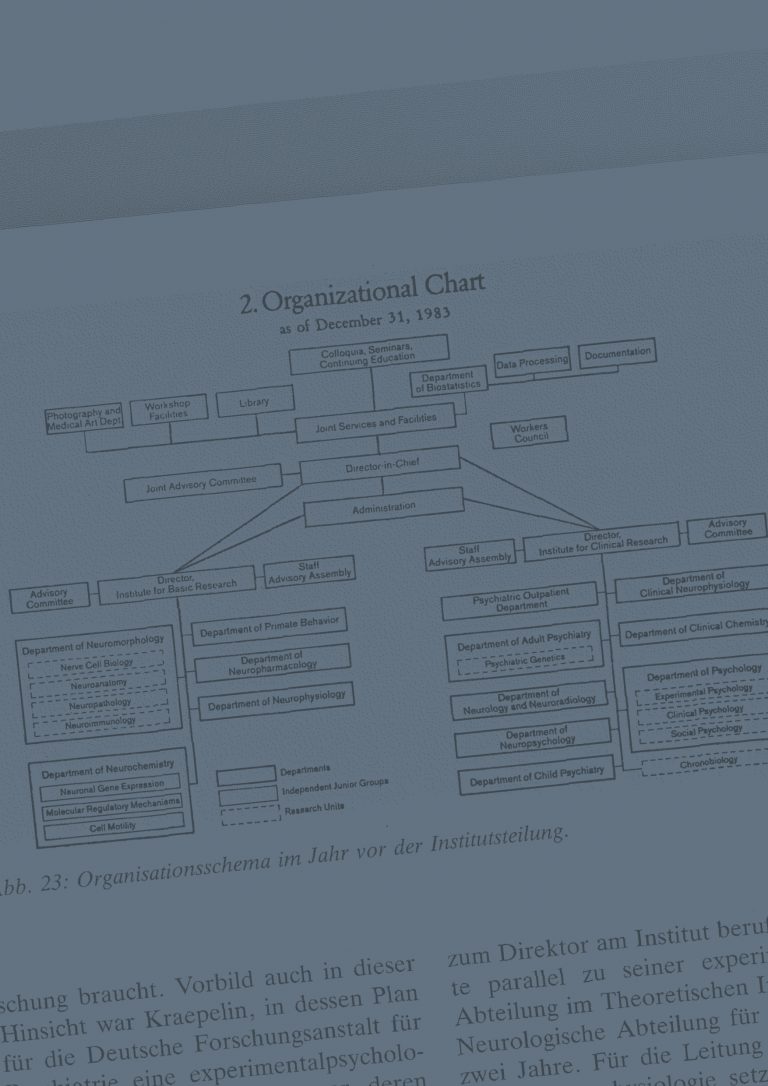 Separate management
Separate managementThe Clinical and Theoretical Institutes get their own directors and statutes.
- 1965
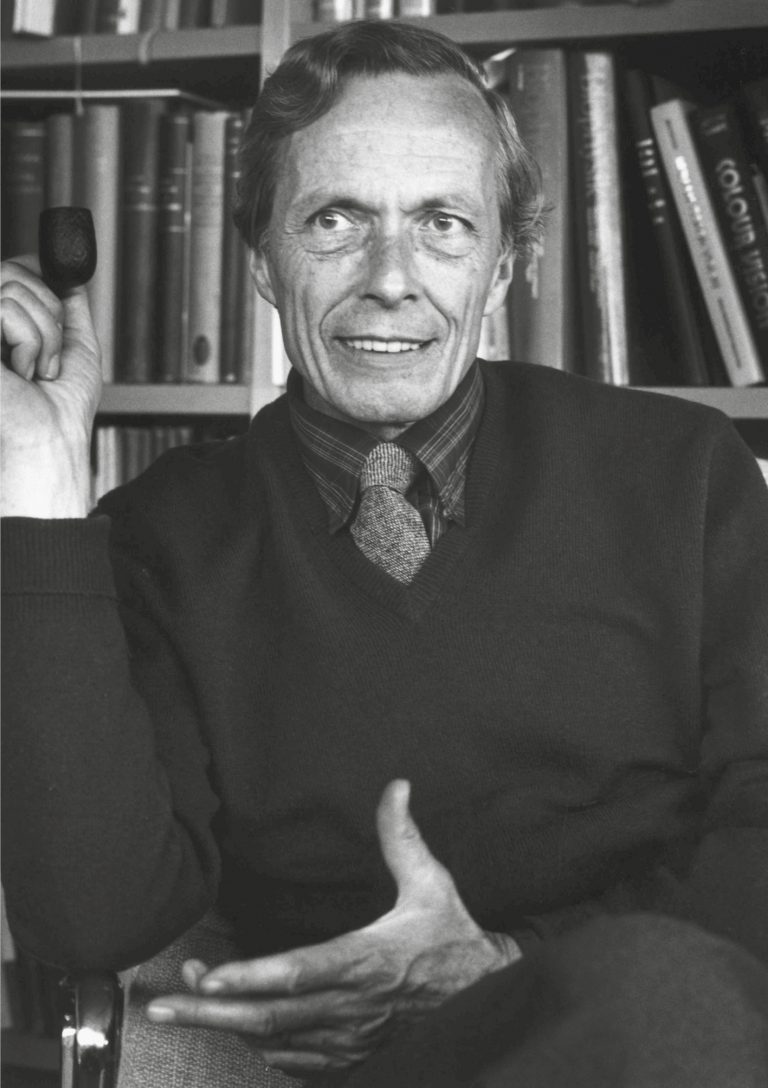
- 1966
 Own hospital building
Own hospital buildingIn the immediate vicinity of the Institute, the first hospital building at Kraepelinstreet 10 opens with 120 beds.
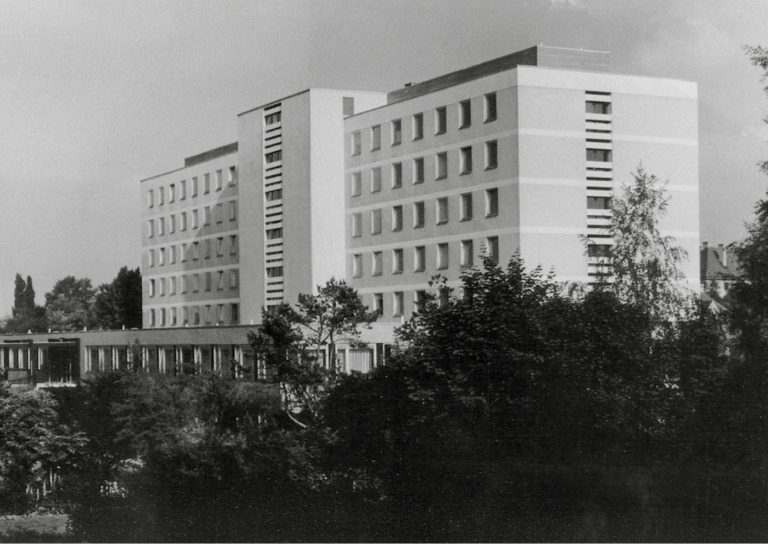
The founding idea is implemented: In addition to the research building, the Institute now has its own clinic.
- 1967
- 1972
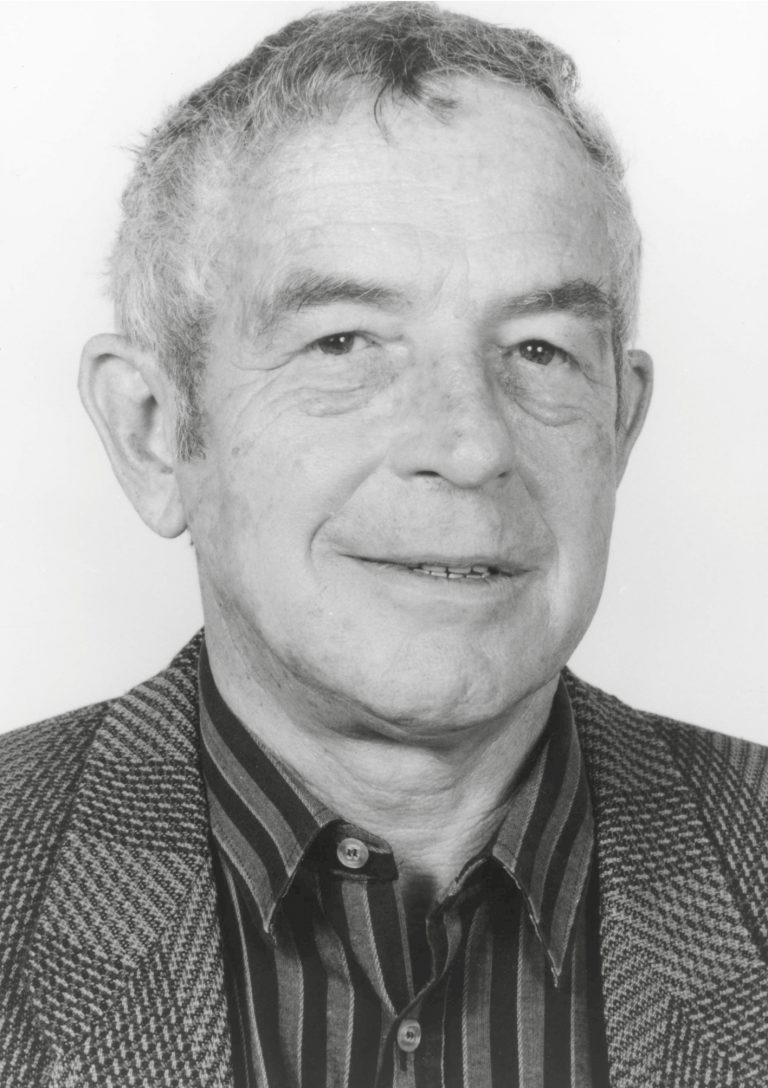
- 1977
- 1978
- 1984
 New building in Martinsried
New building in MartinsriedIn early April, the Theoretical Institute relocates to a new building in Martinsried. The three-wing structure shares its reception area and service facilities with the neighboring Max Planck Institute of Biochemistry.
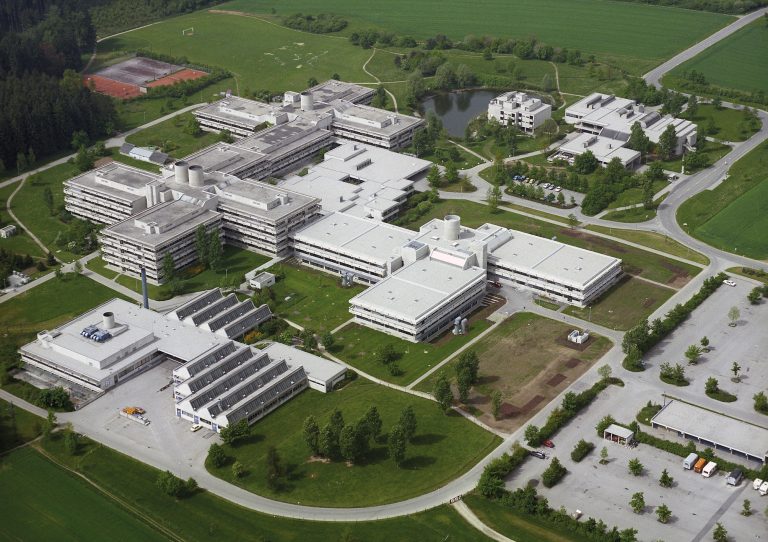
The Theoretical Institute moves to Planegg in the southwest of Munich.
- 1988
- 1989
- 1991
- 1994
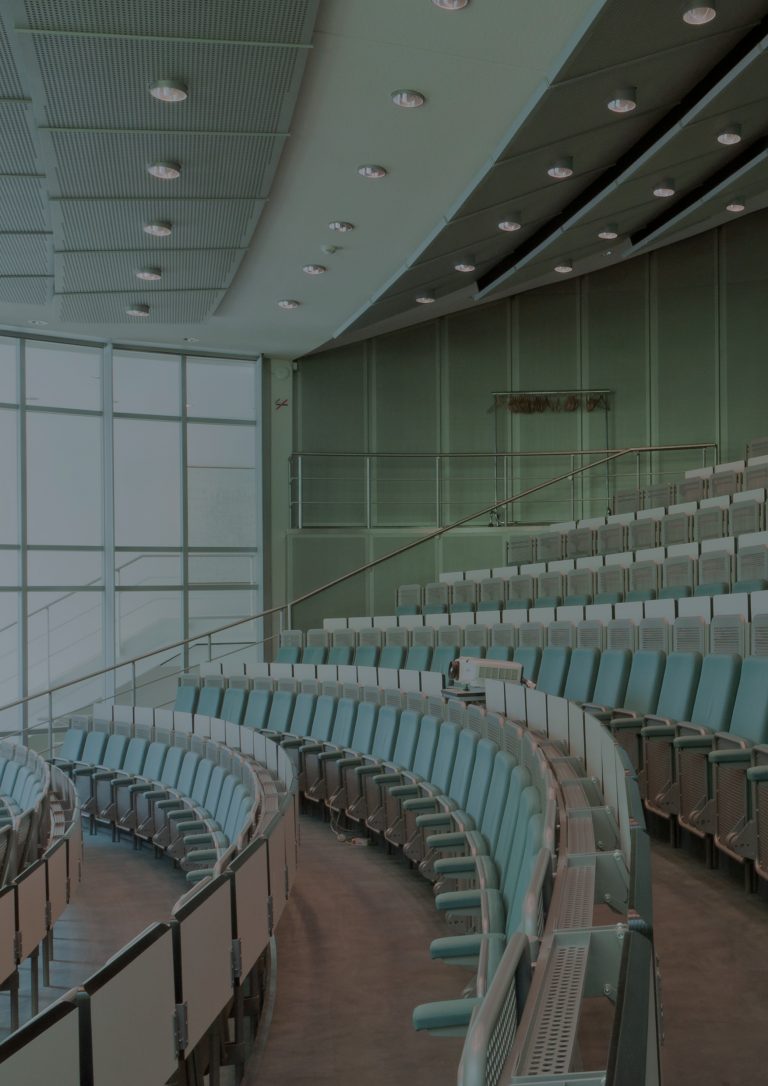 More space for research and teaching
More space for research and teachingThe renovation work on the hospital as well as the historical Kraepelin building is completed. In addition, the new research building and auditorium, which connects both buildings, opens.
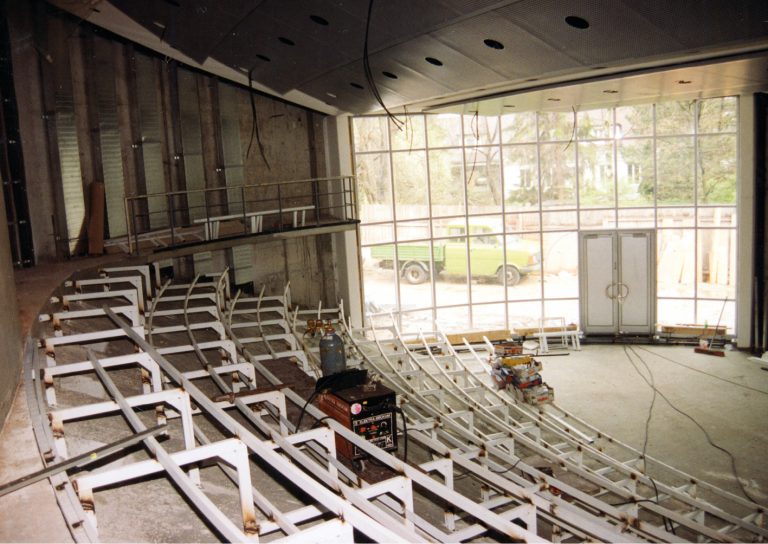
A lecture hall with space for 175 students is opened.
- 1998
 Independence: Max Planck Institute of Neurobiology
Independence: Max Planck Institute of NeurobiologyThe Theoretical Institute of the Max Planck Institute of Psychiatry is recognized as the independent Max Planck Institute of Neurobiology. The Clinical Institute retains the name Max Planck Institute of
Psychiatry.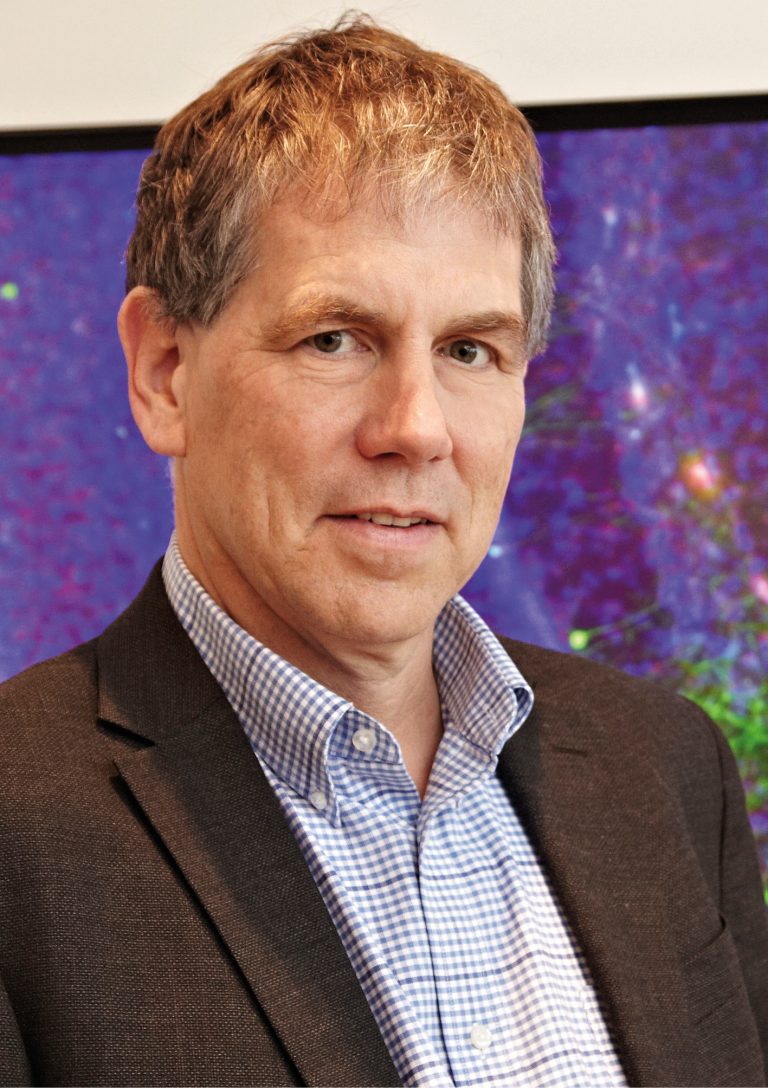
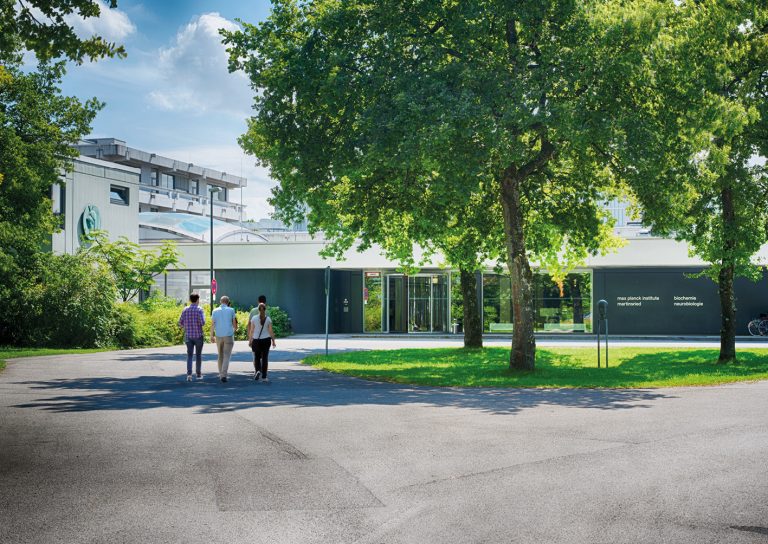
The Theoretical Insitute of the Max Planck Institute of Psychiatry gave rise to the Max Planck Institute of Neurobiology.
- 2001
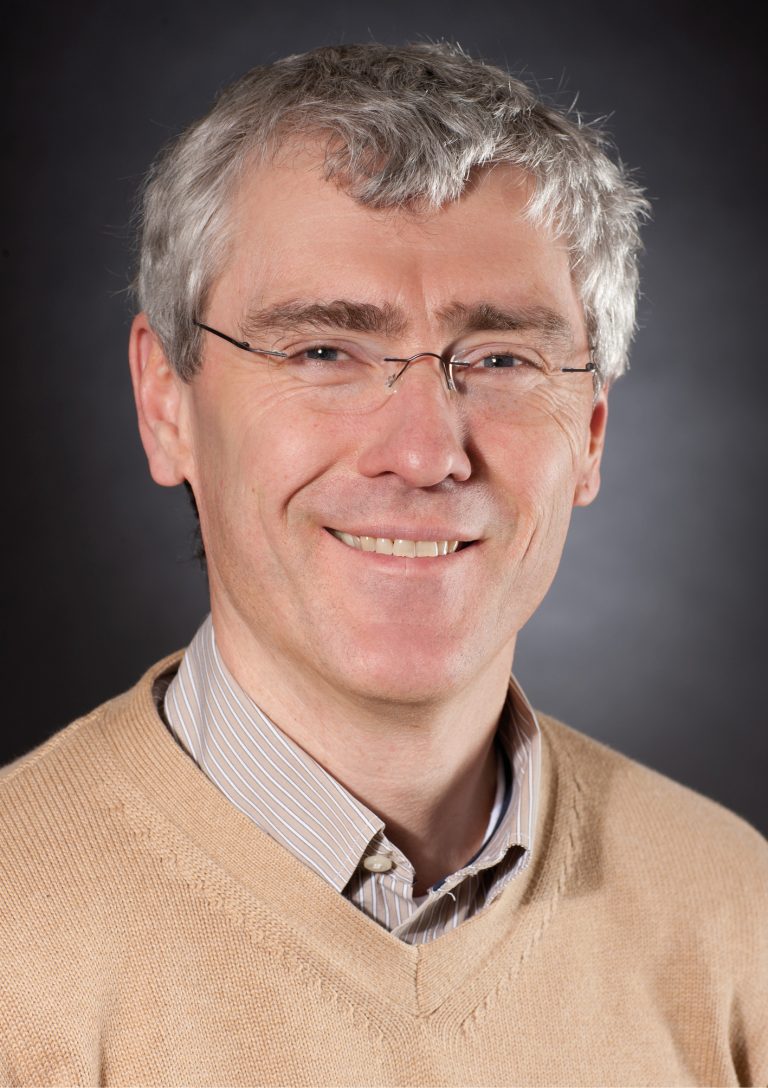
- 2008
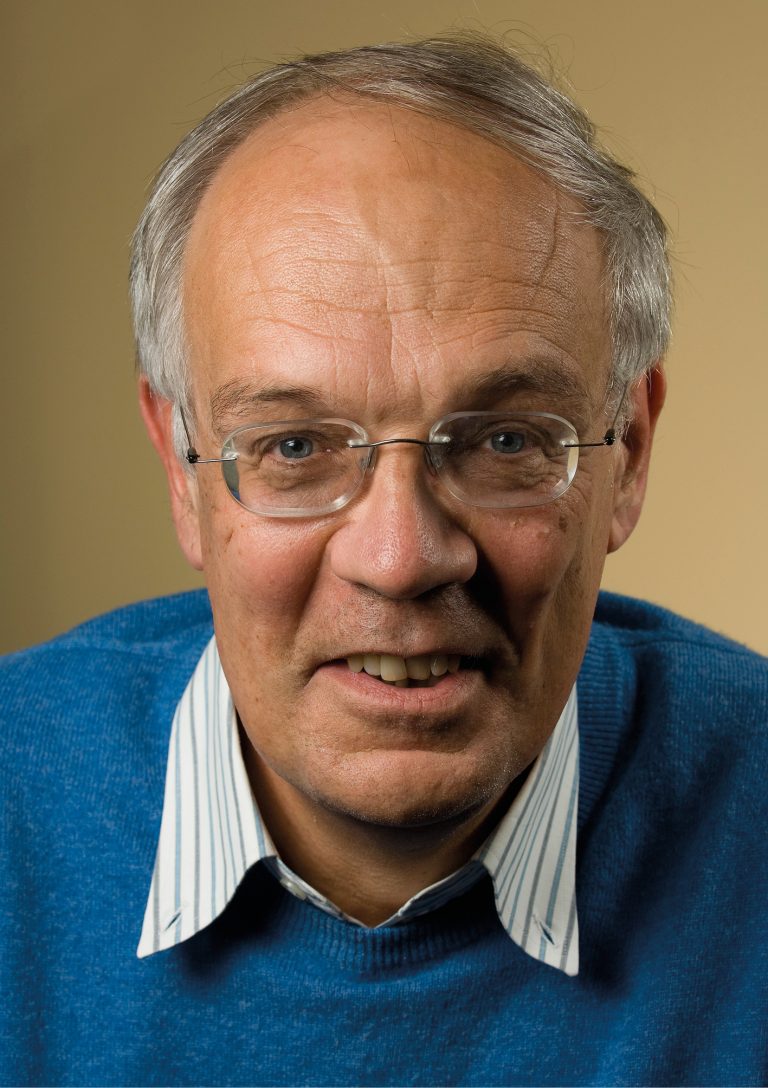
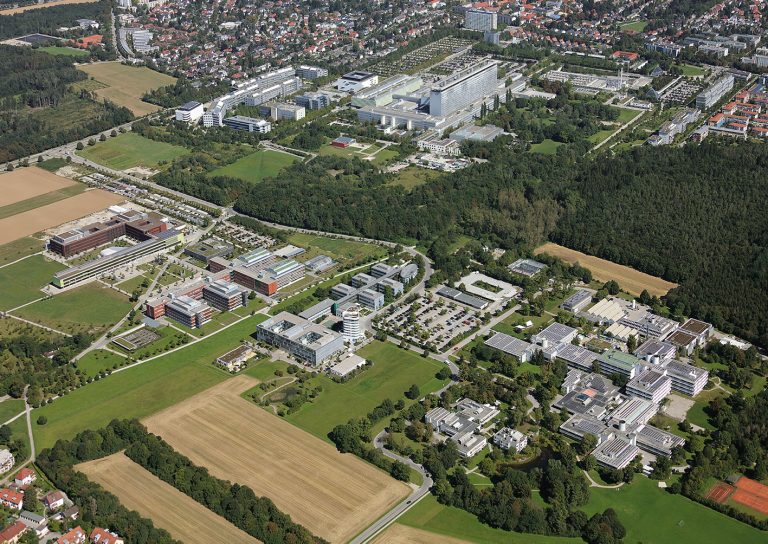
Until the end of the 1960s, this area was dominated by green meadows. Today, the Life Science Campus Martinsried is one of Europe’s biggest centers for basic scientific research, teaching, clinical research and technological innovation.
Fördergesellschaft IZB mbH - 2011
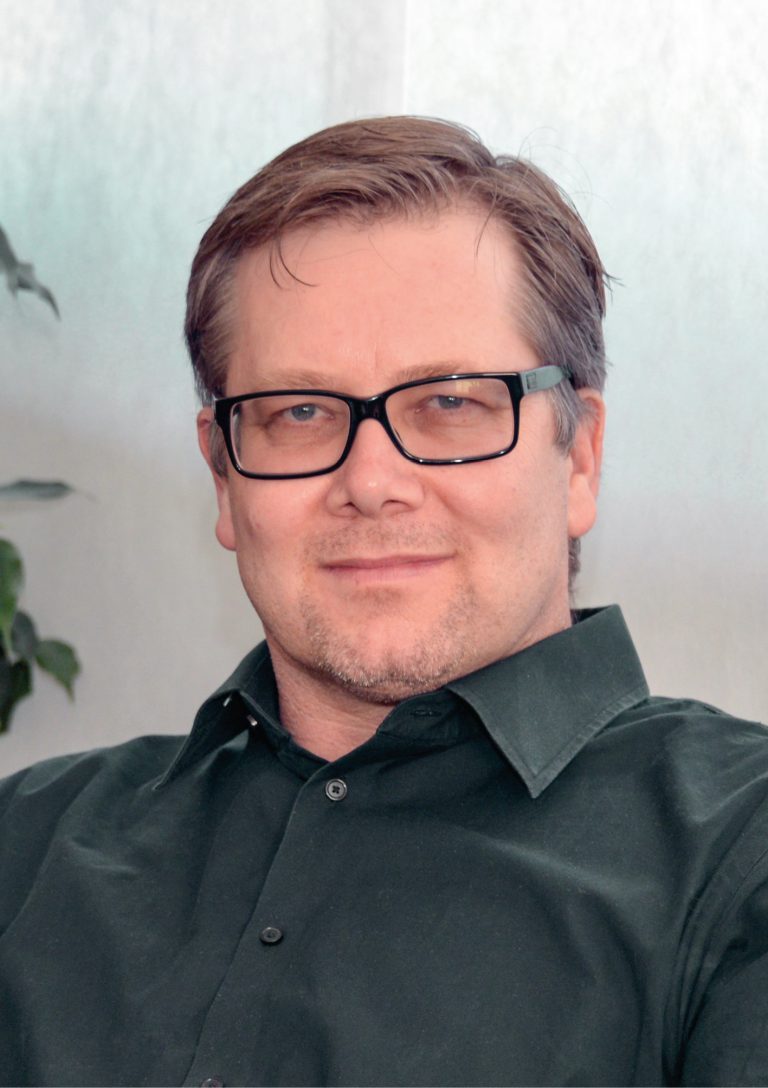
- 2013
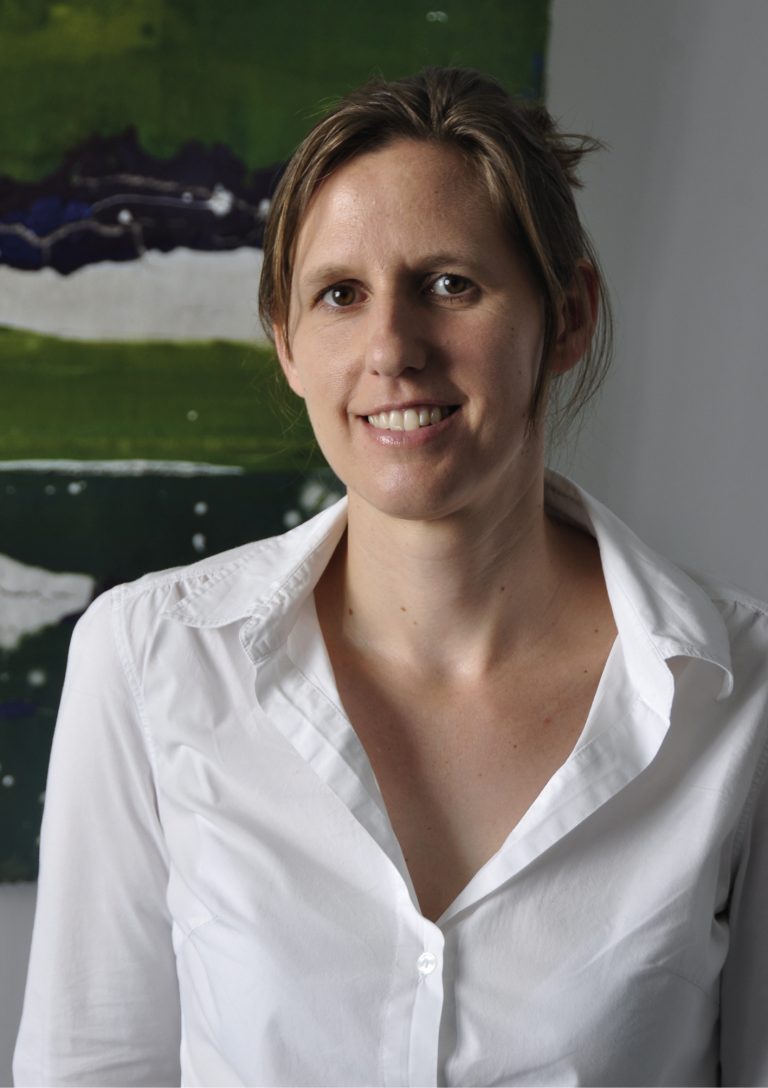
- Ausblick
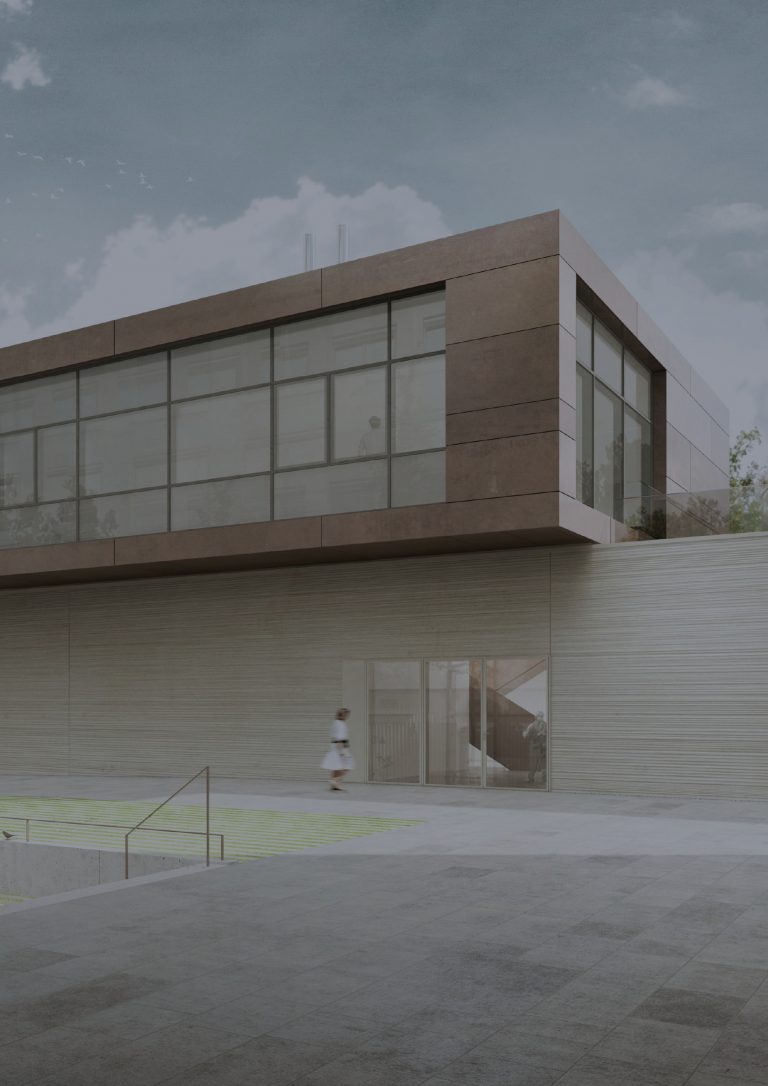 New construction projects in Schwabing: The Preclinical Center and hospital
New construction projects in Schwabing: The Preclinical Center and hospitalThe new Preclinical Center of the Max Planck Institute of Psychiatry is set to open in 2019. It will replace obsolete buildings and enable state-of-the-art research.
Commencing in 2018, a new research hospital will be built on Kraepelinstreet. As envisioned in the founding concept for the Institute, the new building will enable patient treatment to be unified with clinical and basic research.
More informations:
www.psych.mpg.de
www.neuro.mpg.de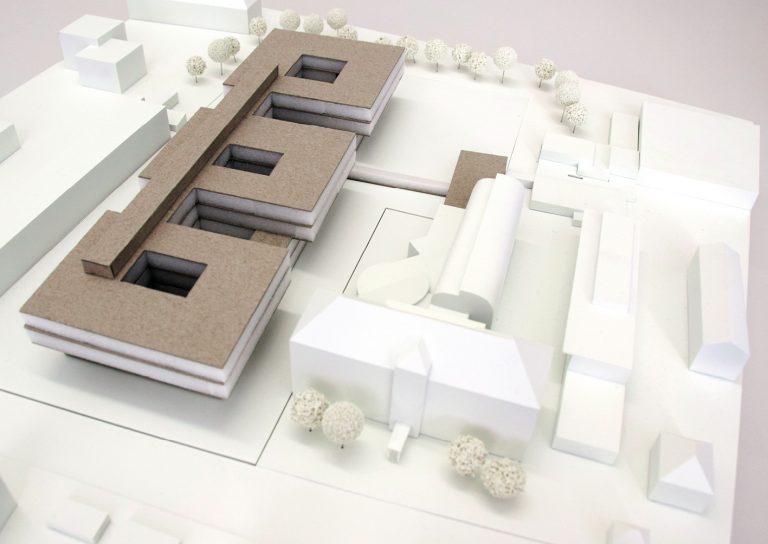
Psychiatry 2.0: The new clinic will set standards in psychiatric care – against discrimination and stigmatization
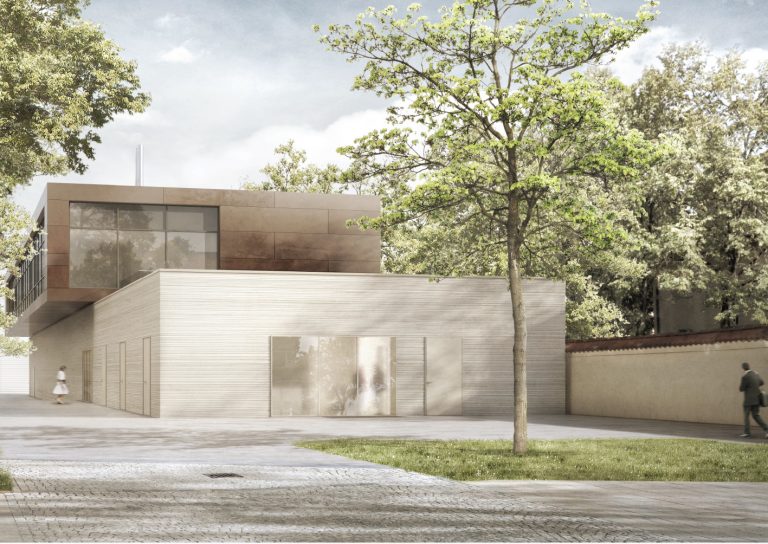
Apart from research laboratories, the preclinical center will utilize state-of-the-art facilities for the breeding and housing of laboratory mice according to the revised animal protection law.



